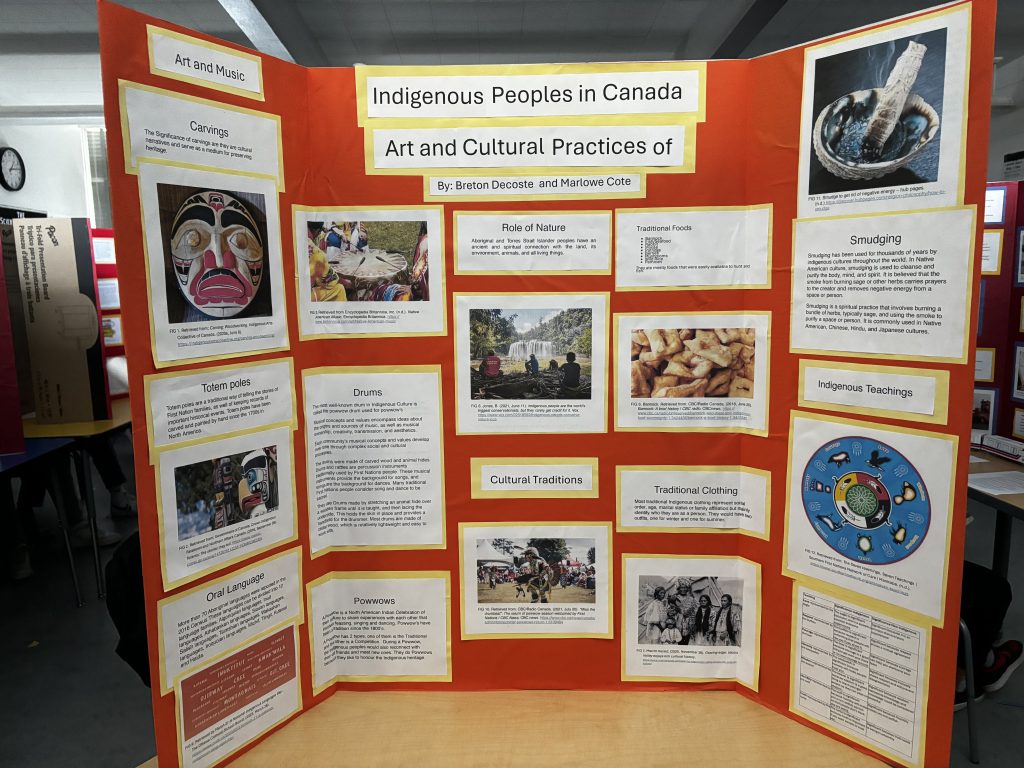
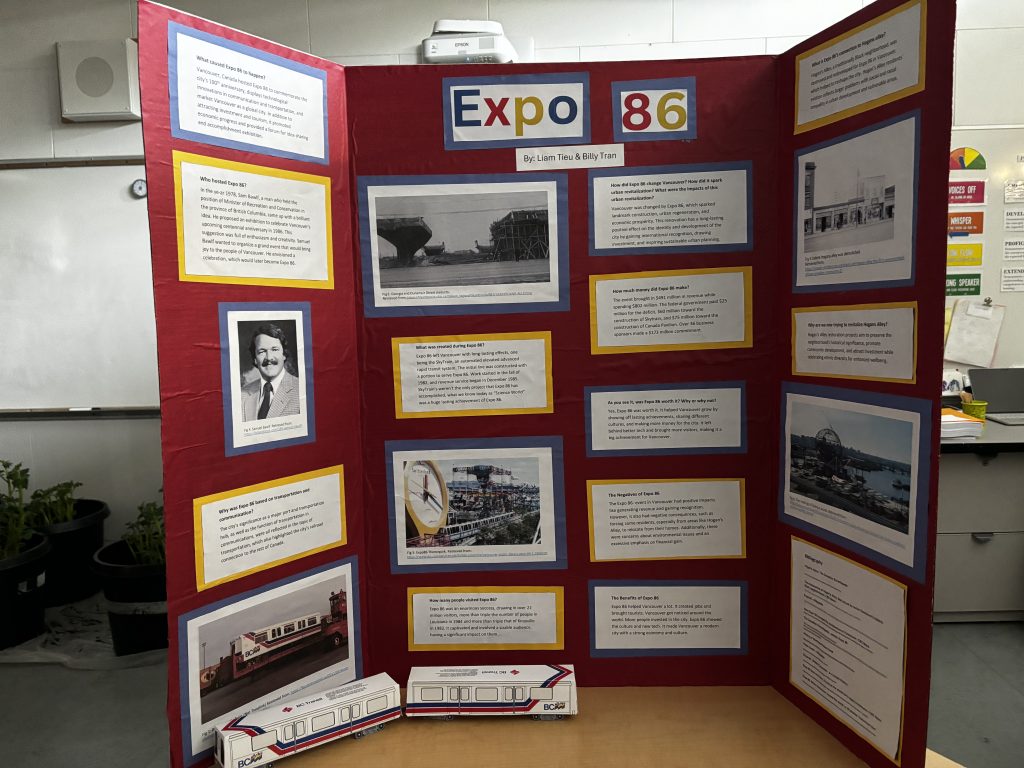
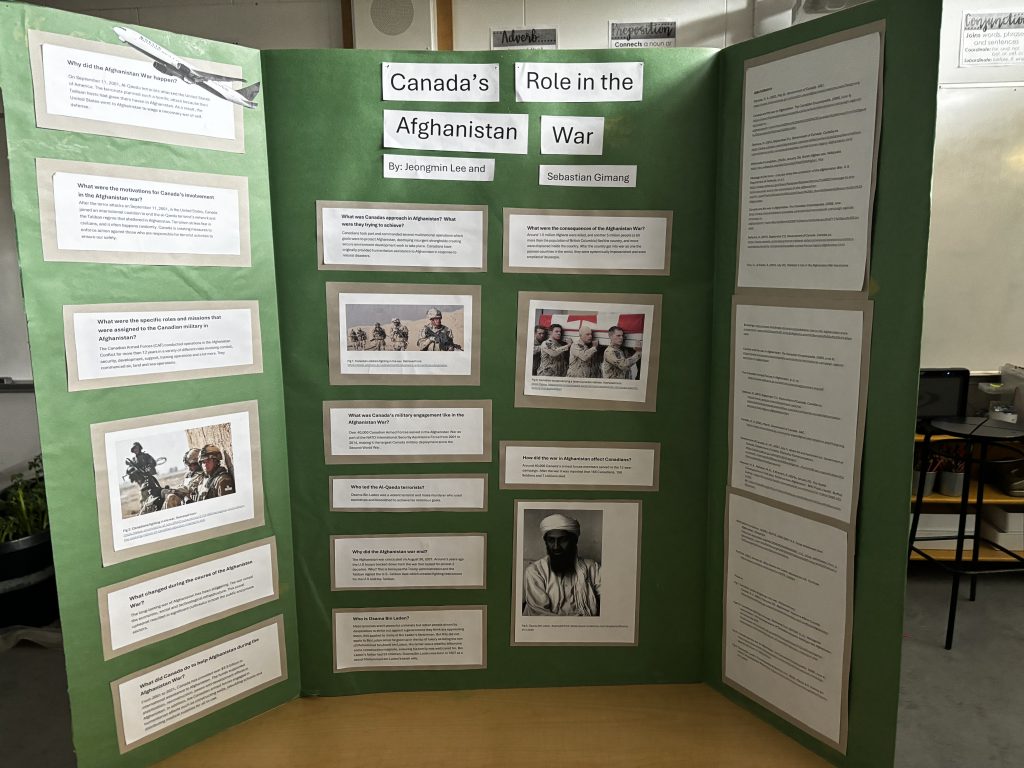
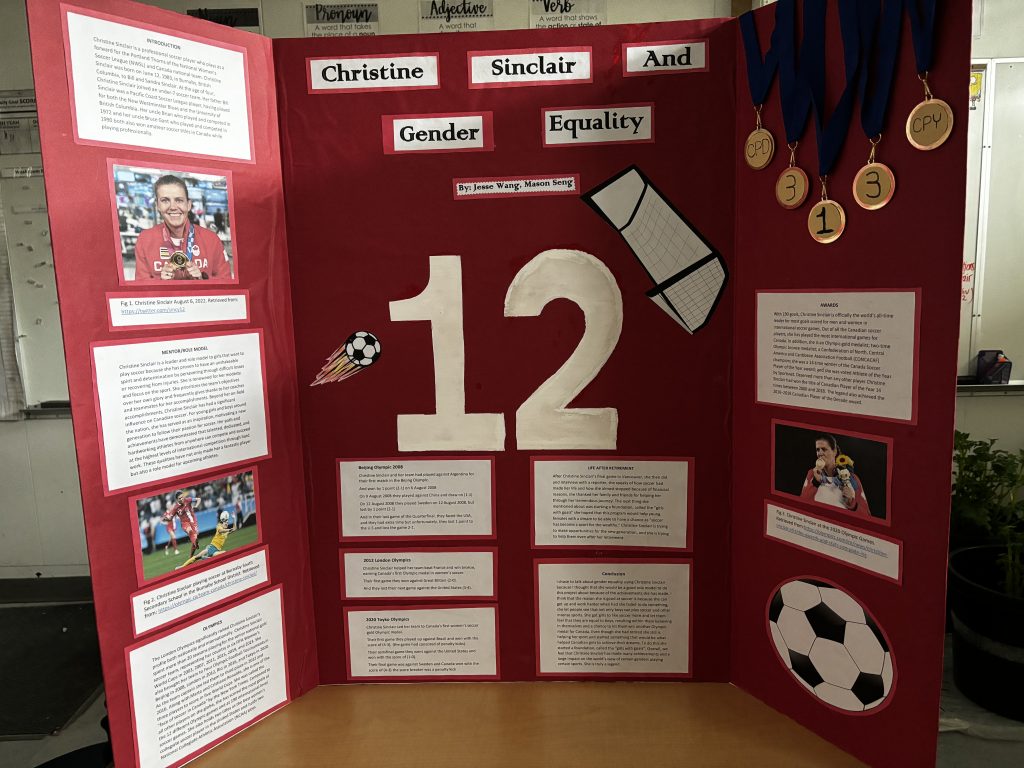
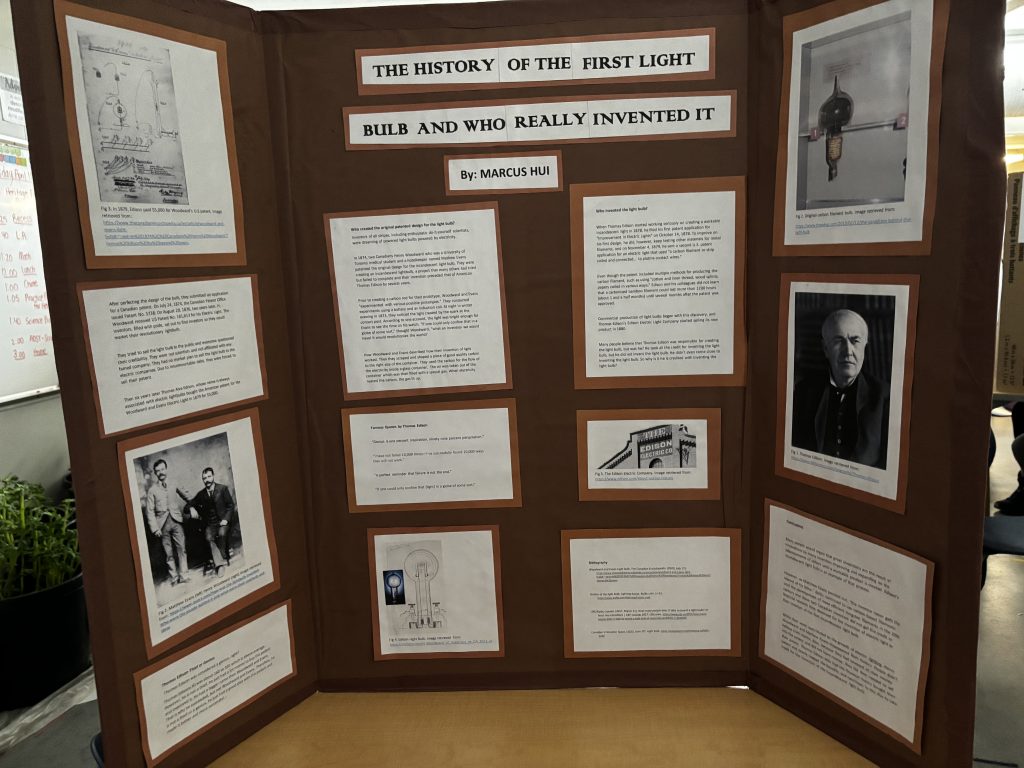
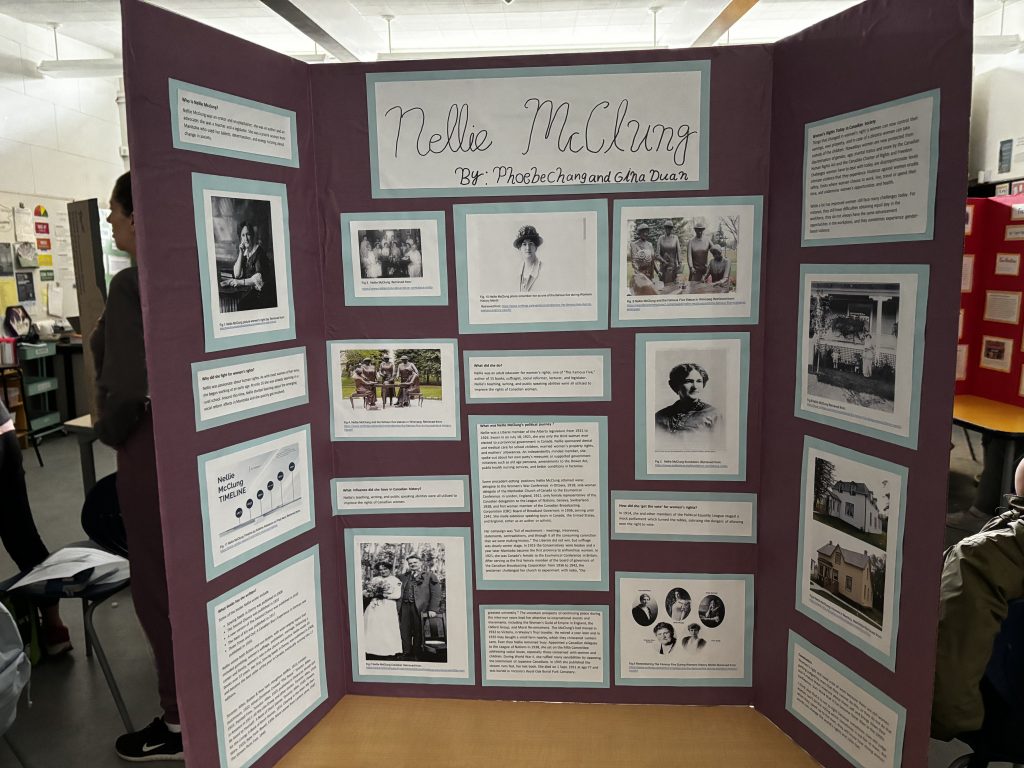
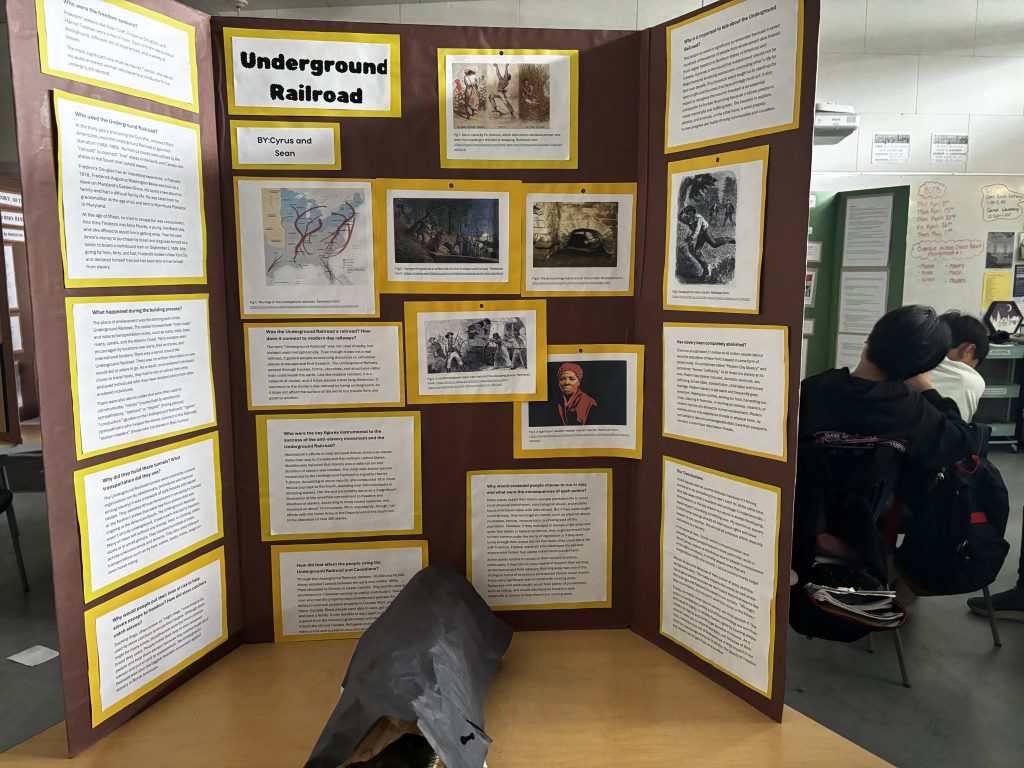
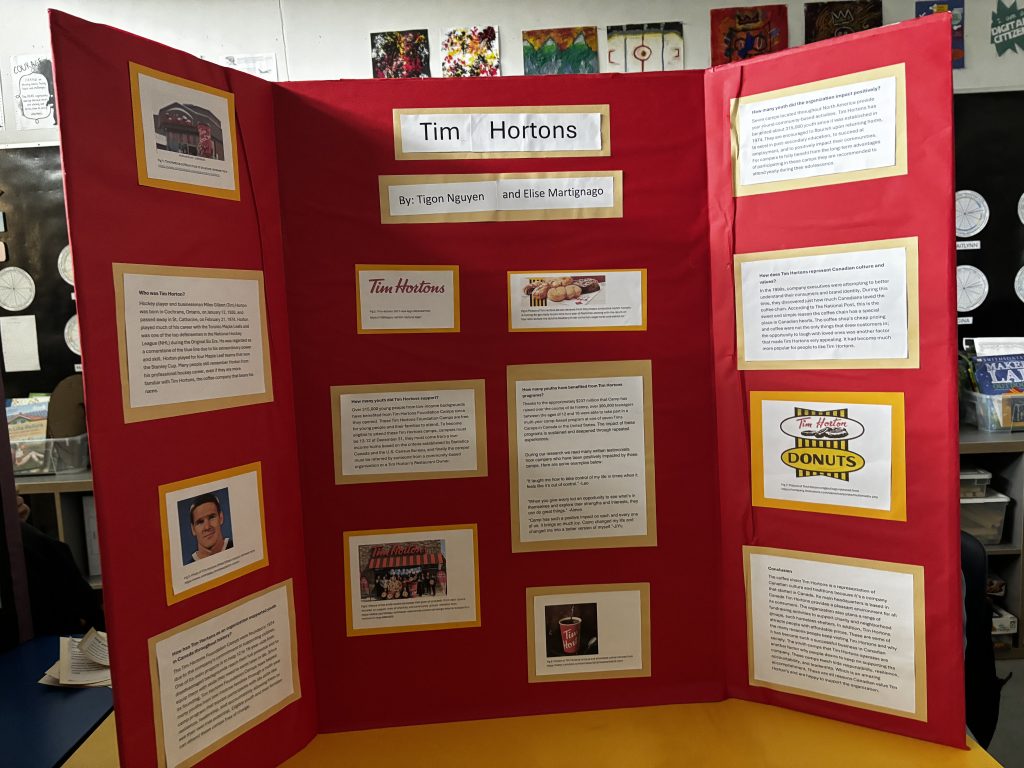
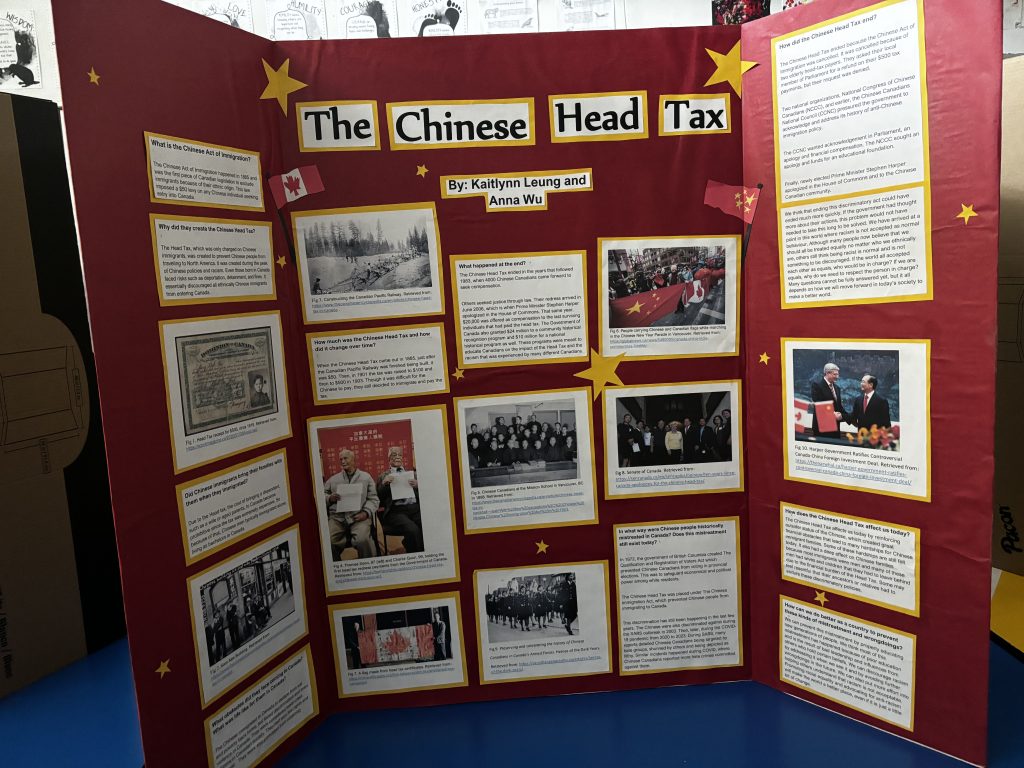
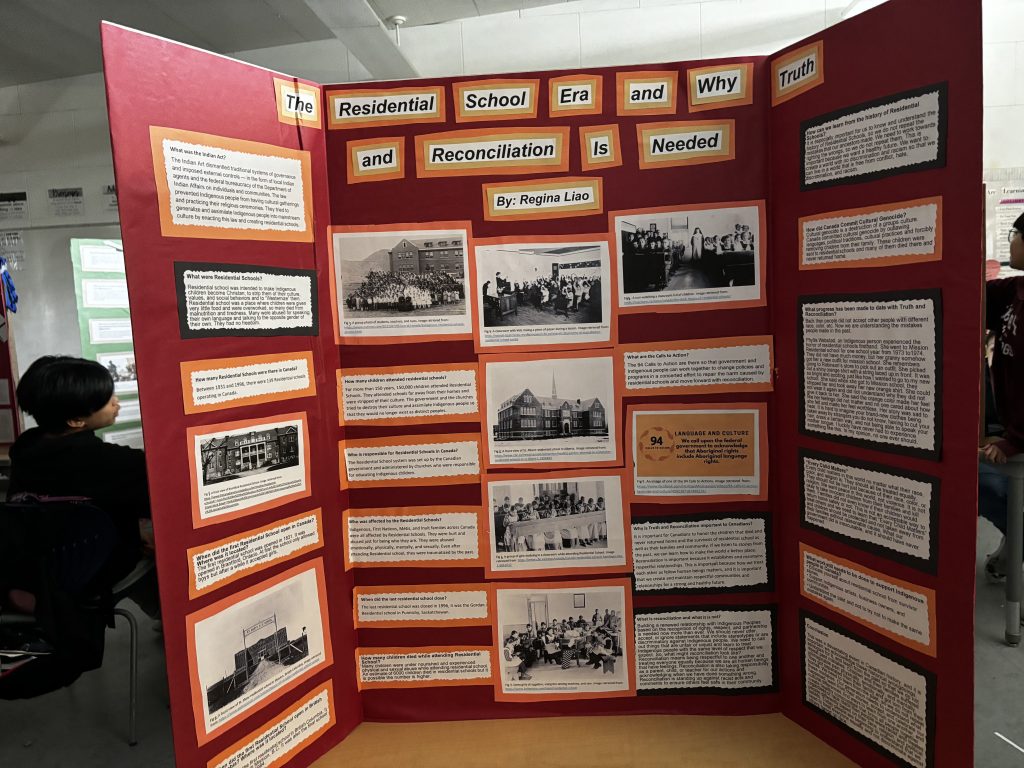
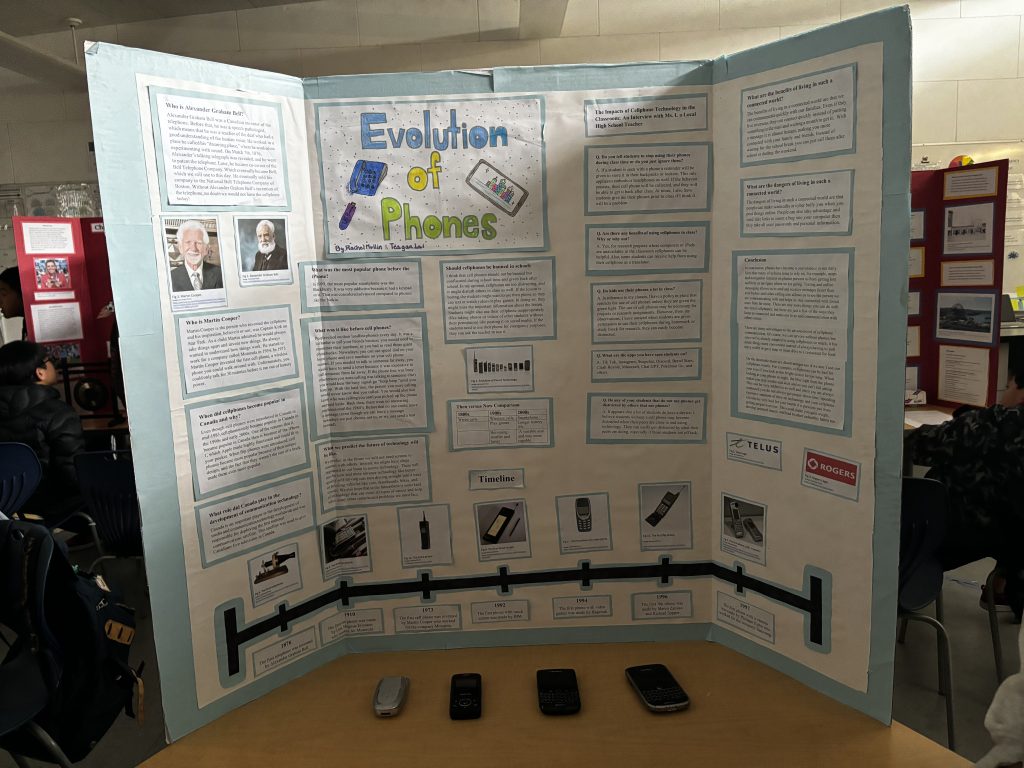
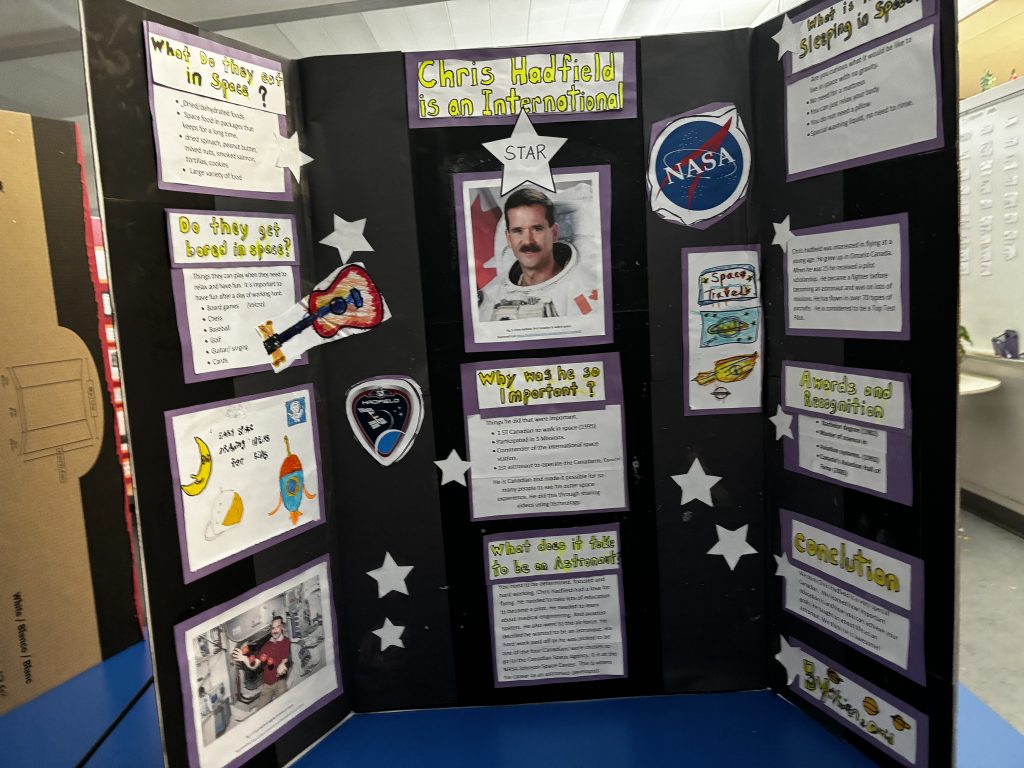
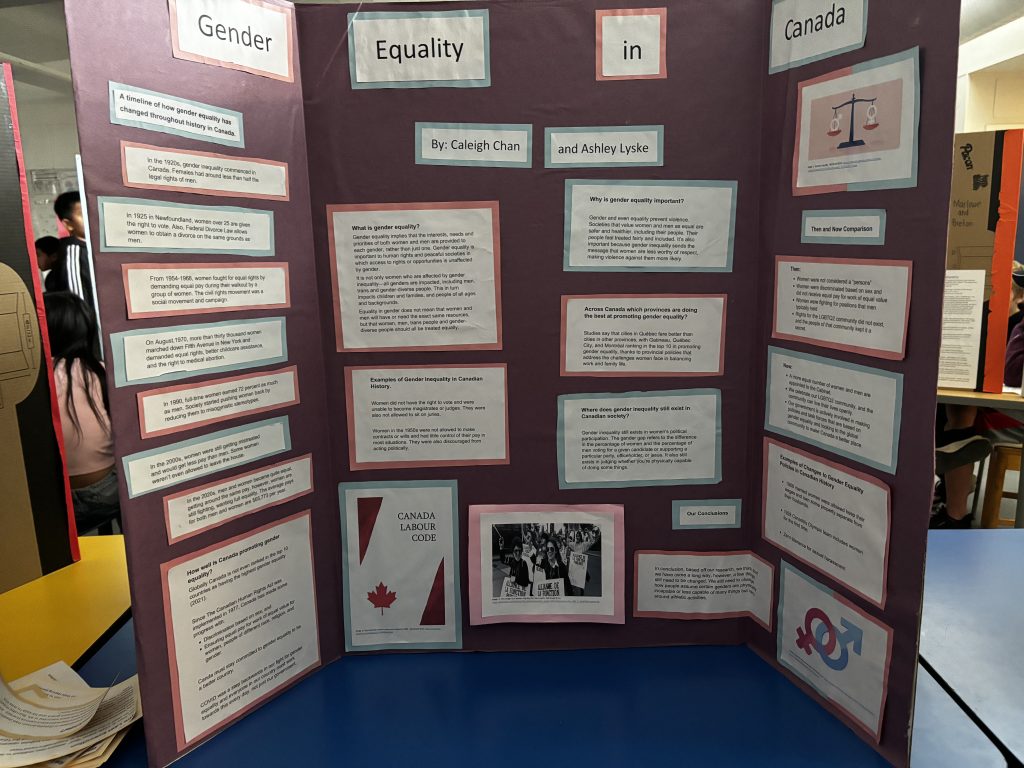
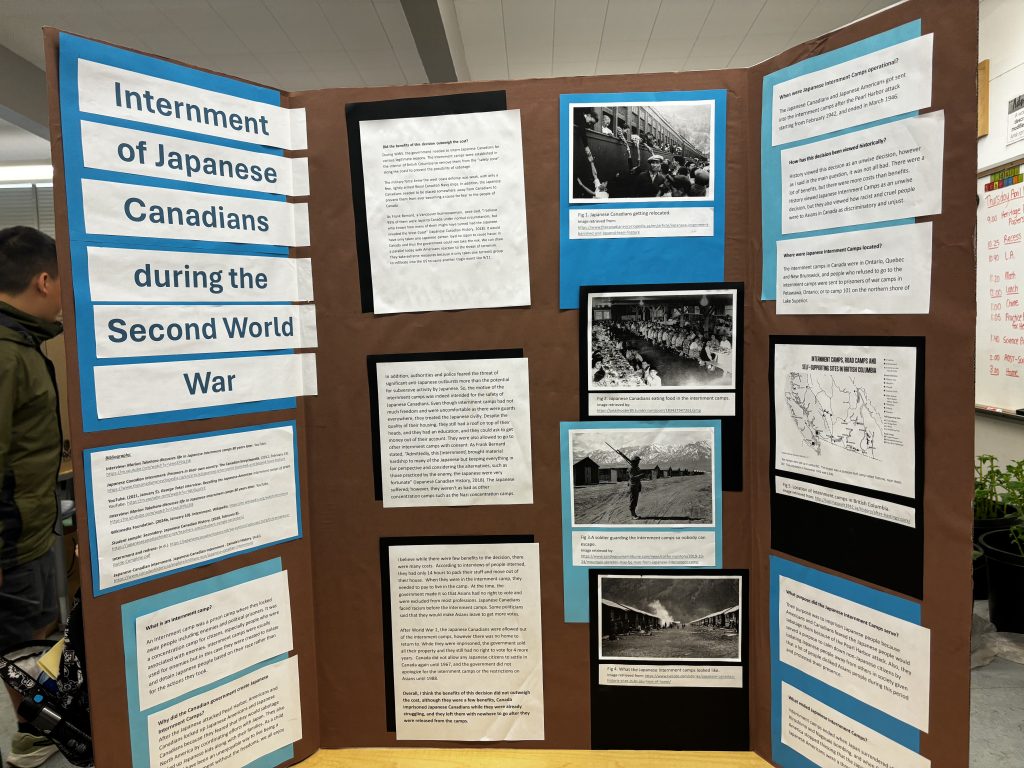
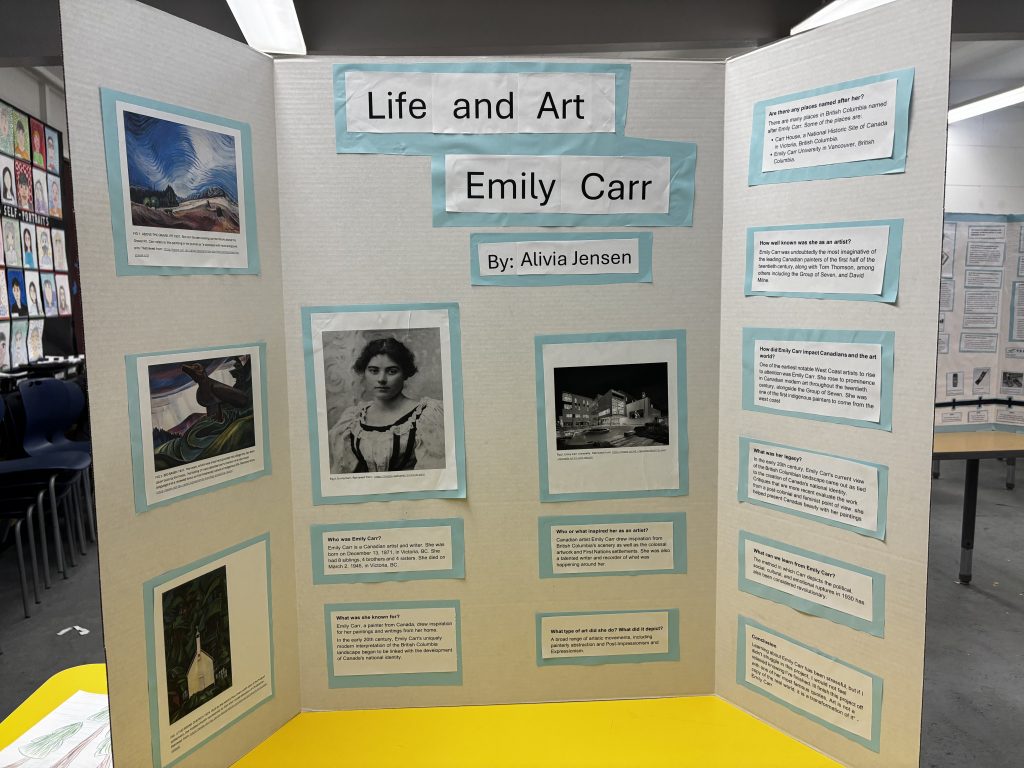 Parents and family members are invited to view the students Hertiage Fair Projects tomorrow between 2:00 and 2:30 pm.
Parents and family members are invited to view the students Hertiage Fair Projects tomorrow between 2:00 and 2:30 pm.
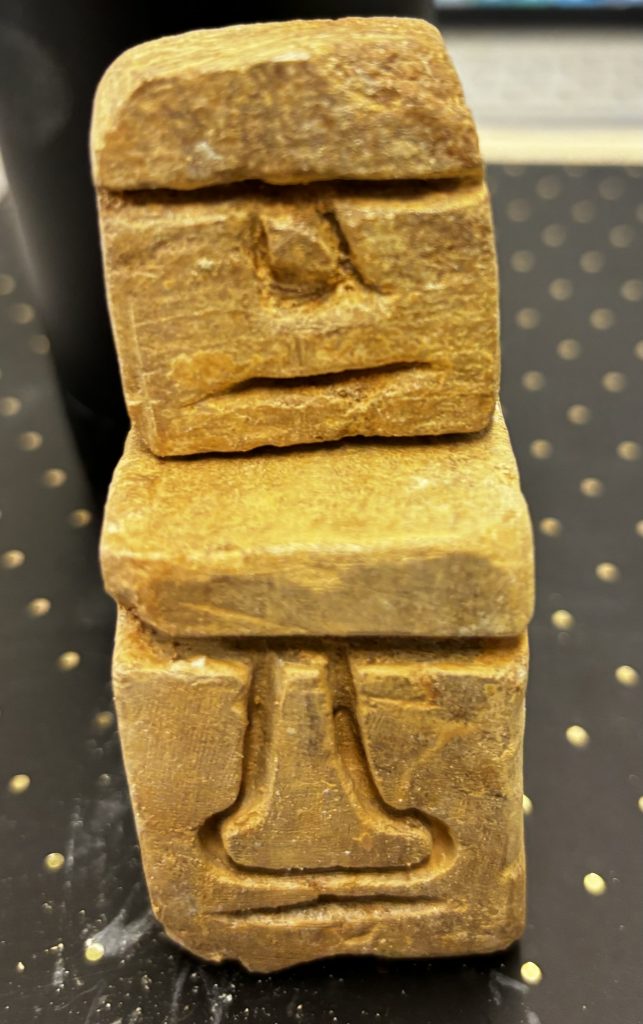
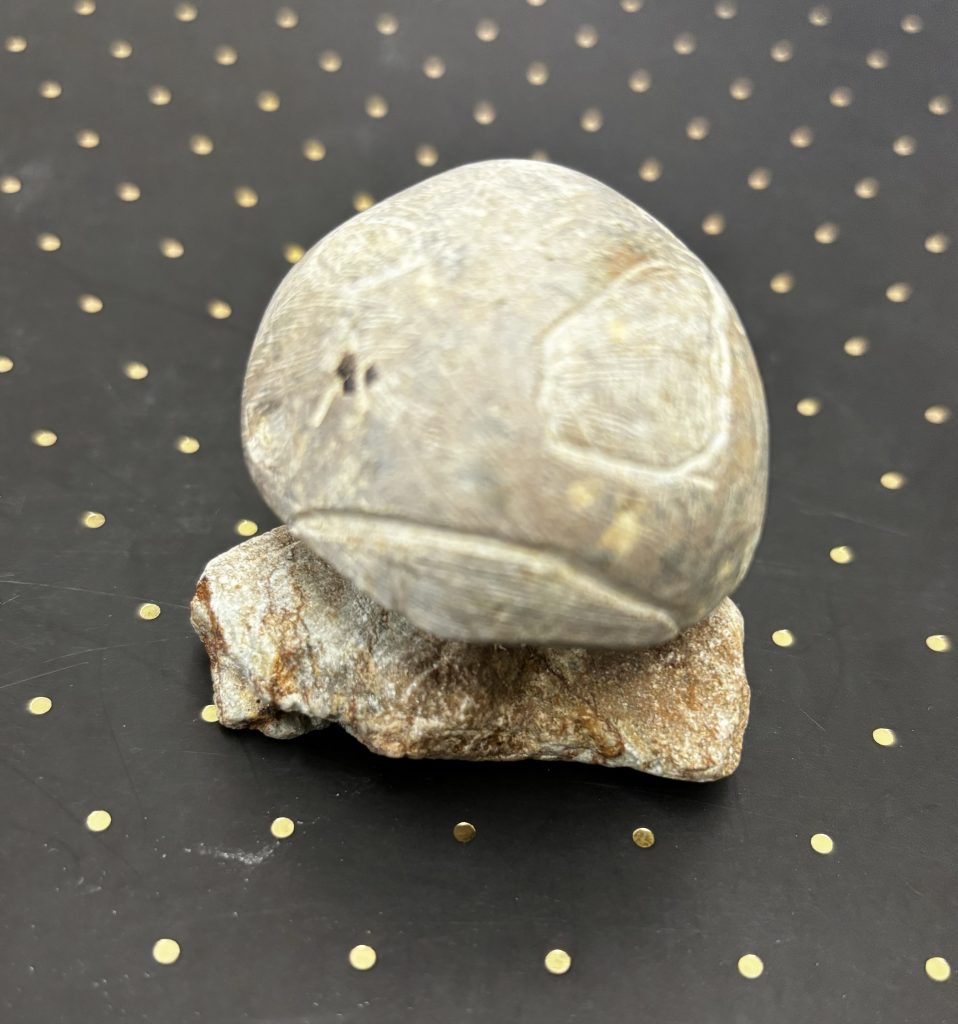
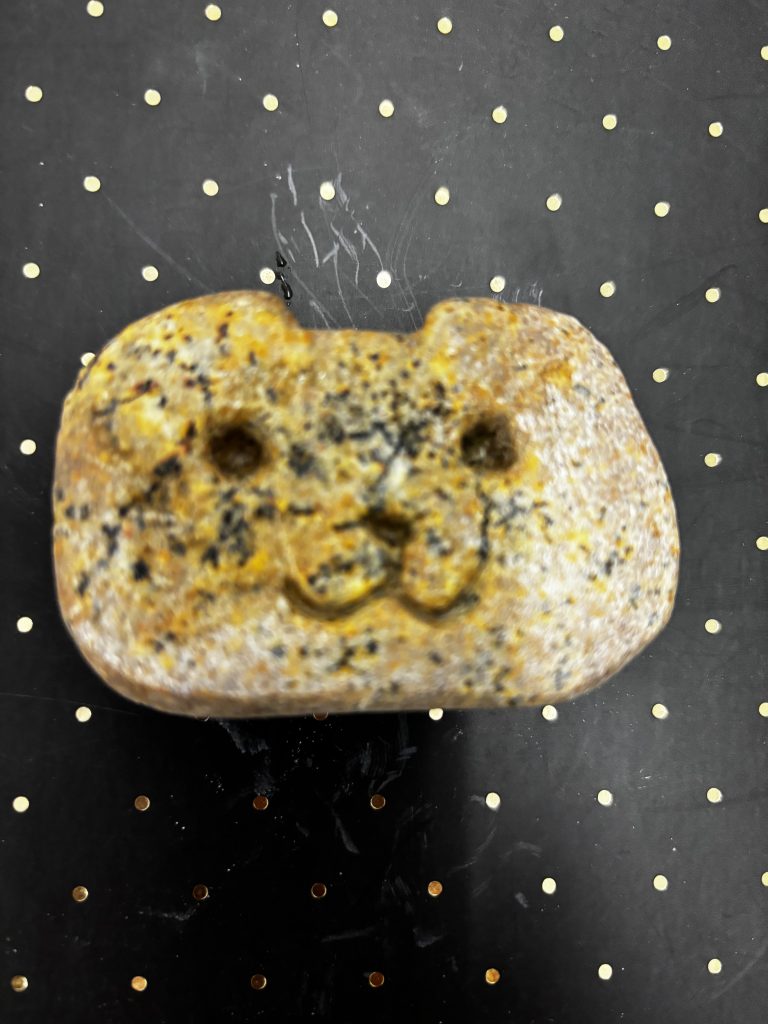
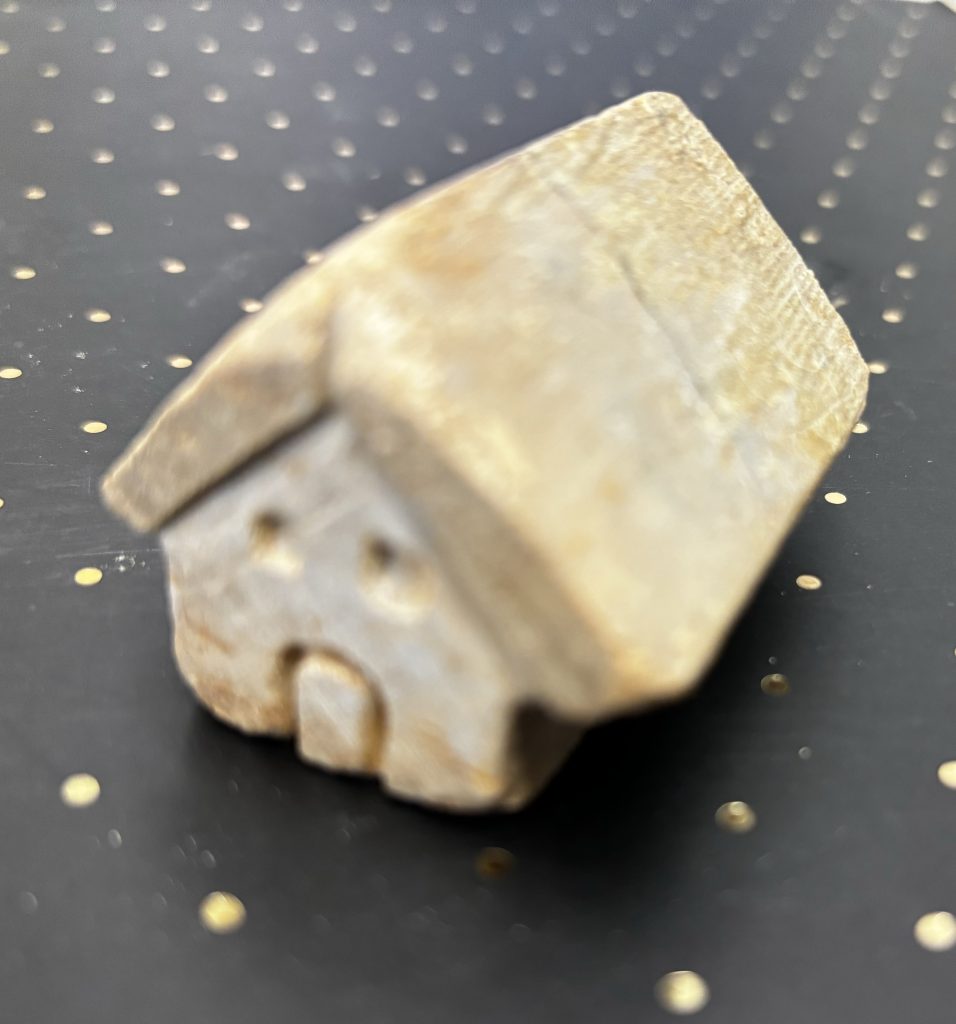
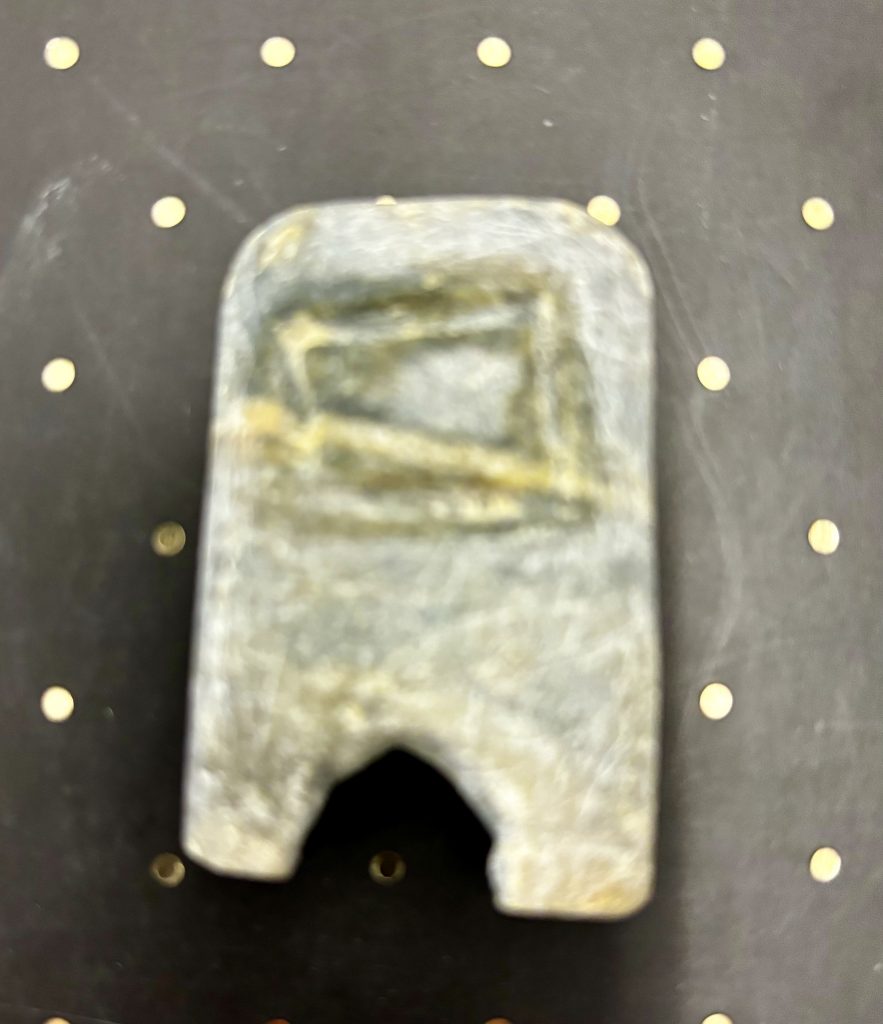
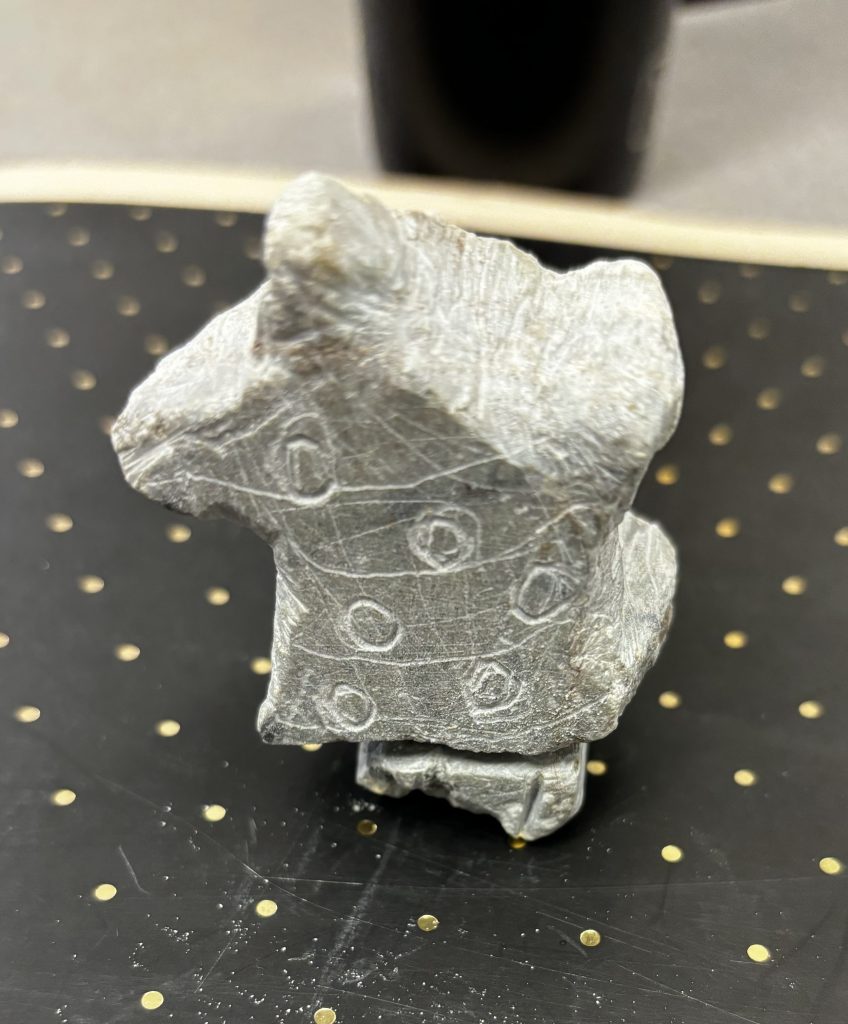

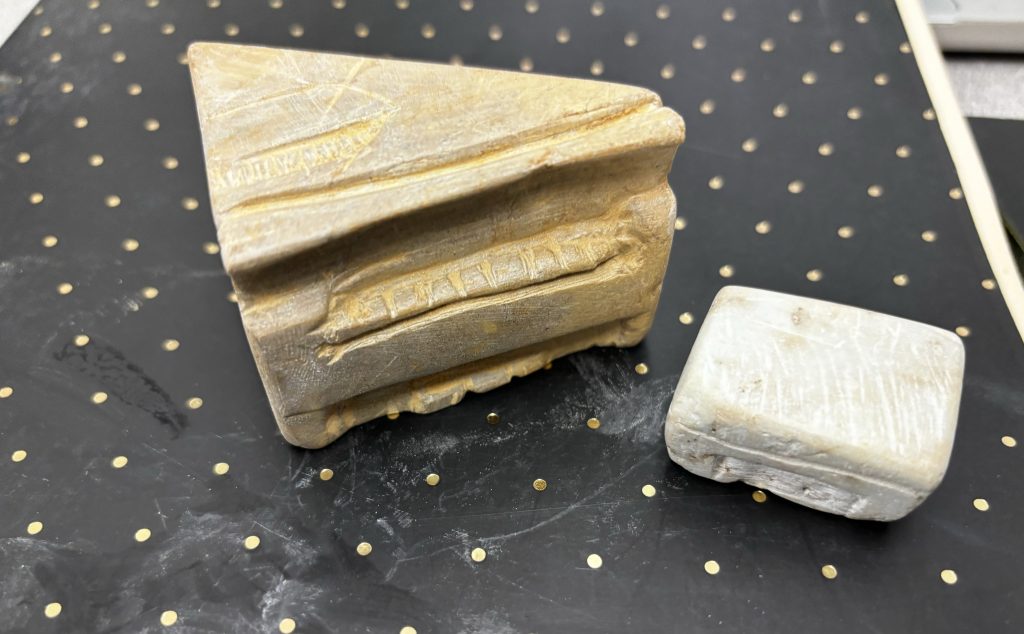
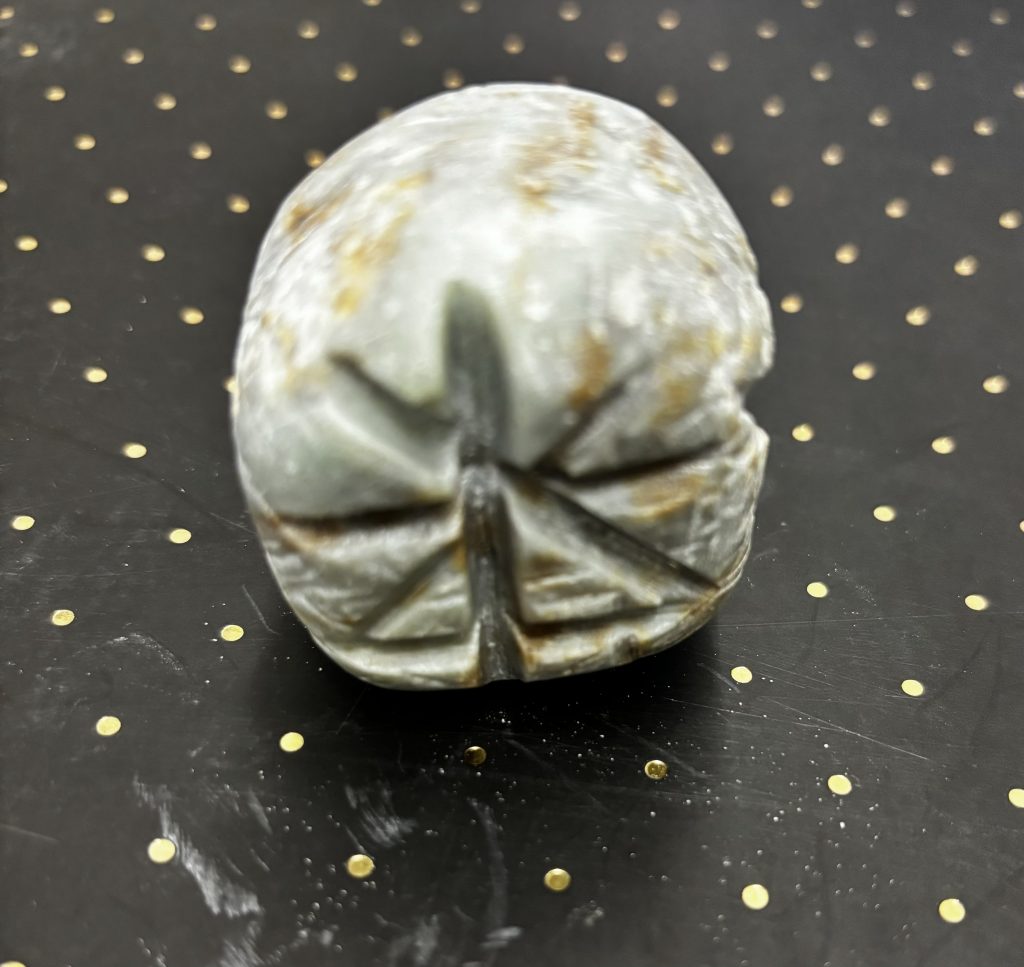
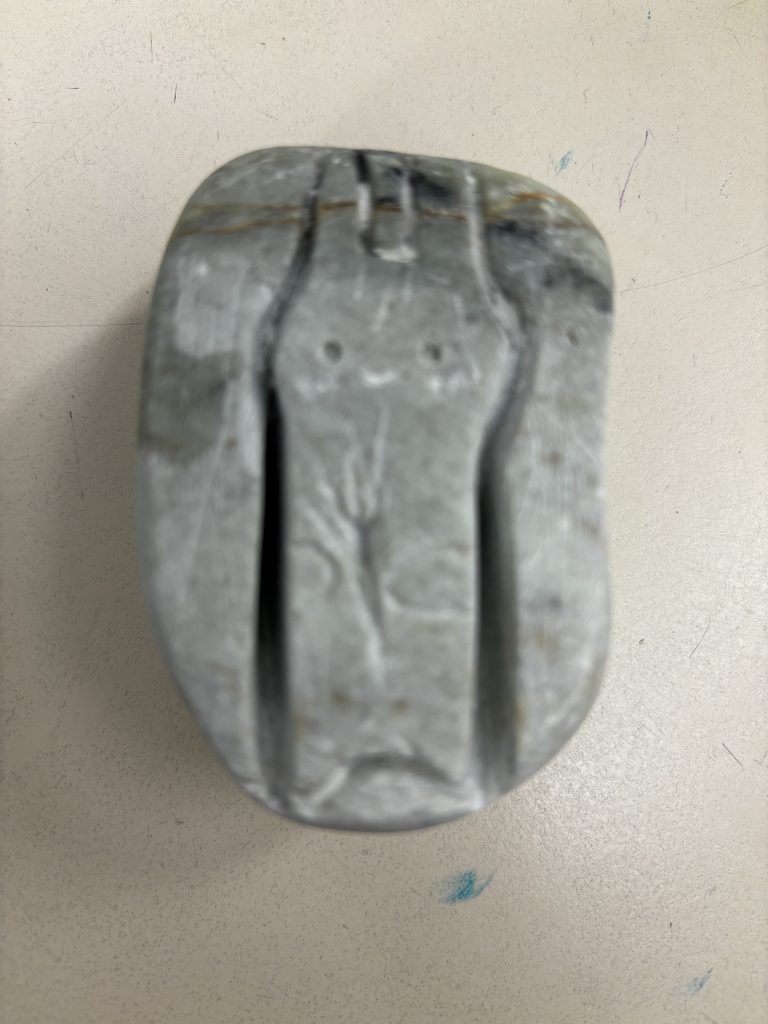
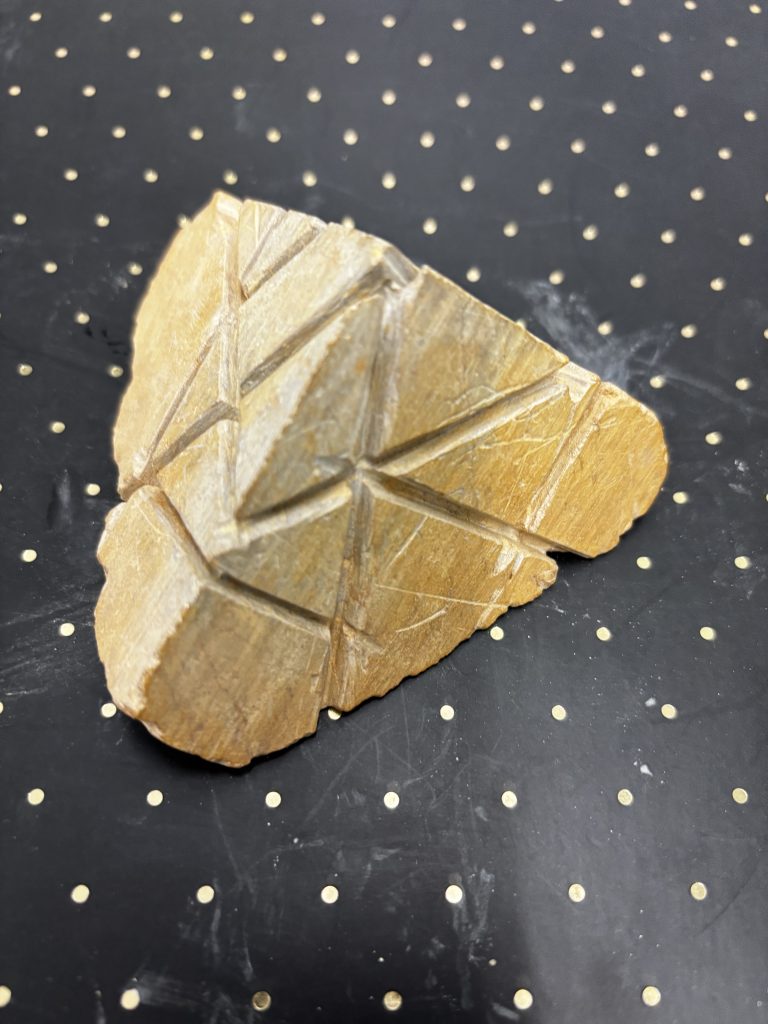
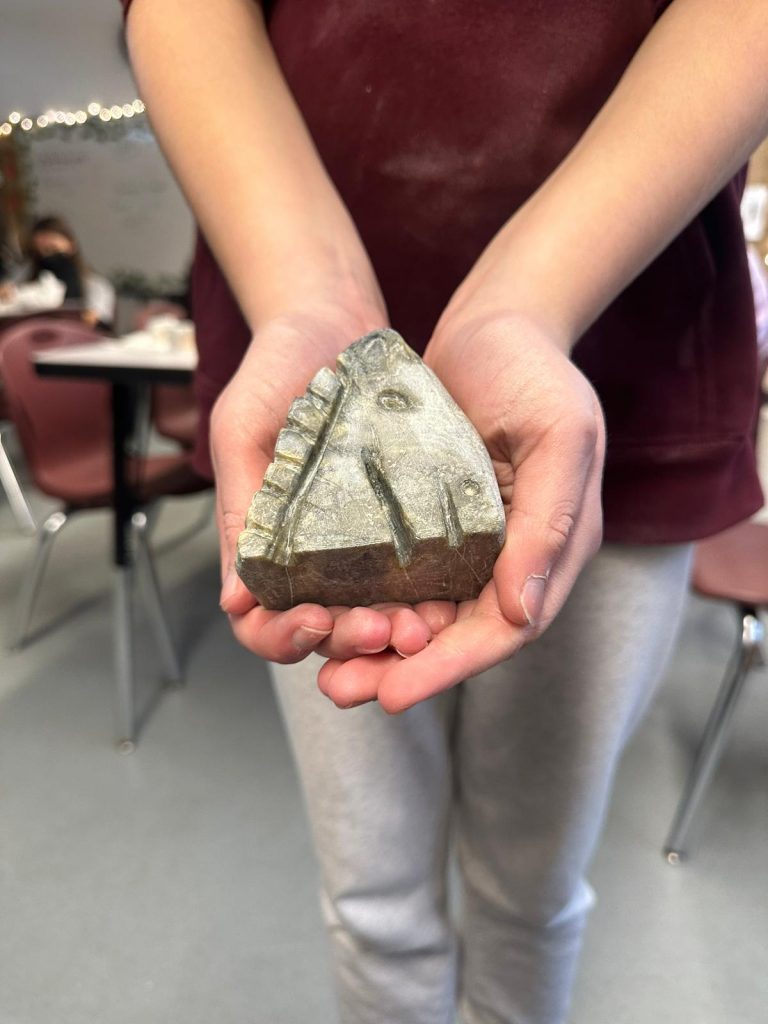
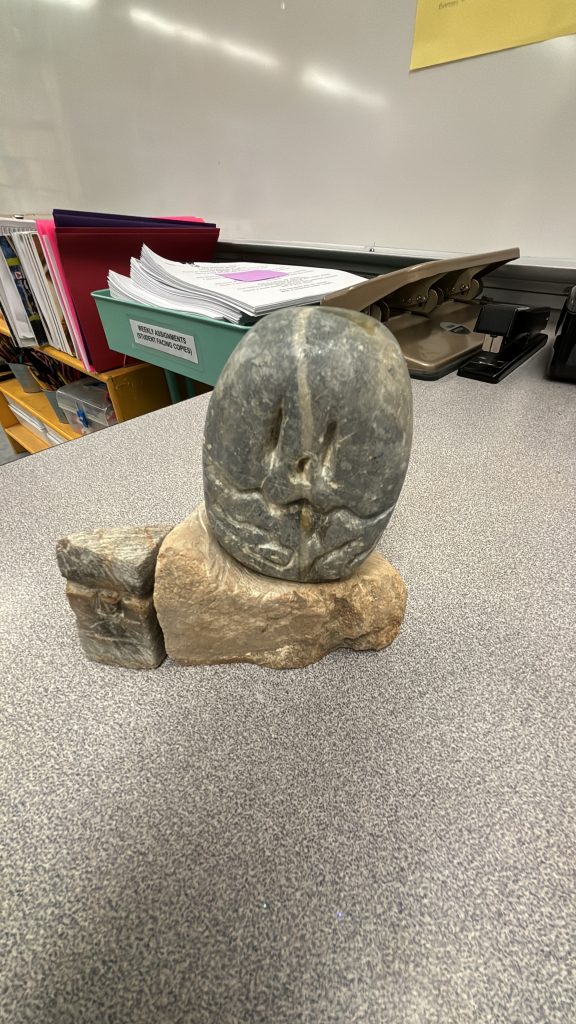
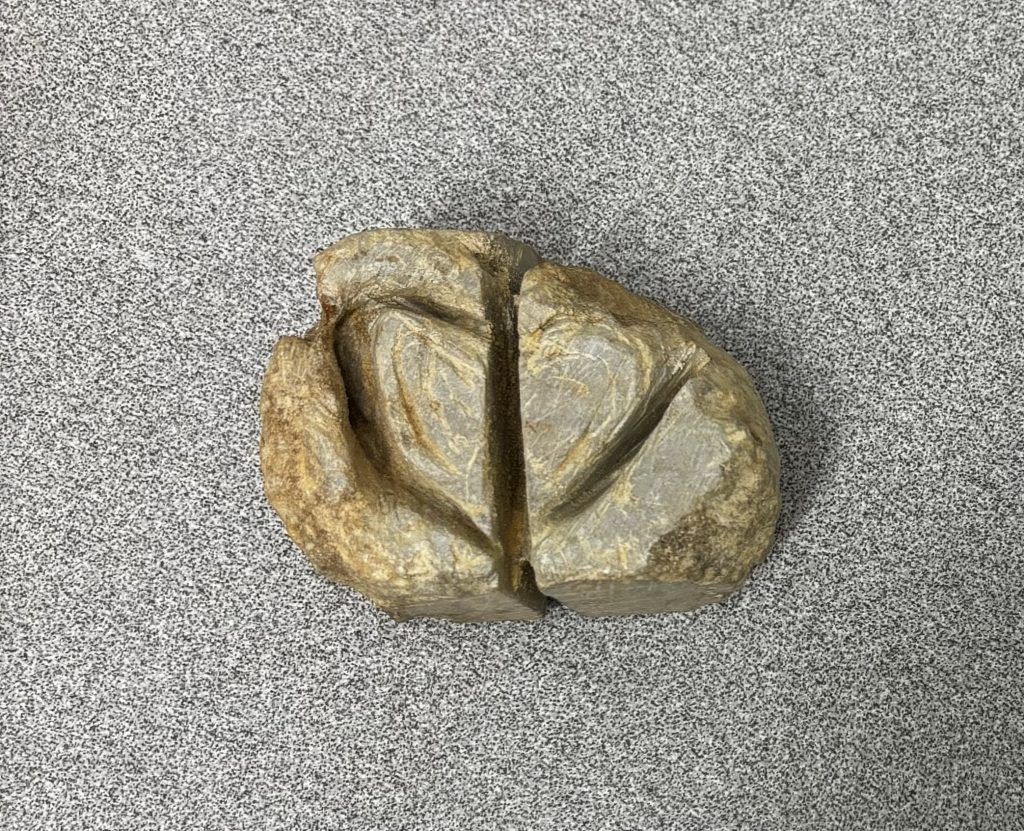
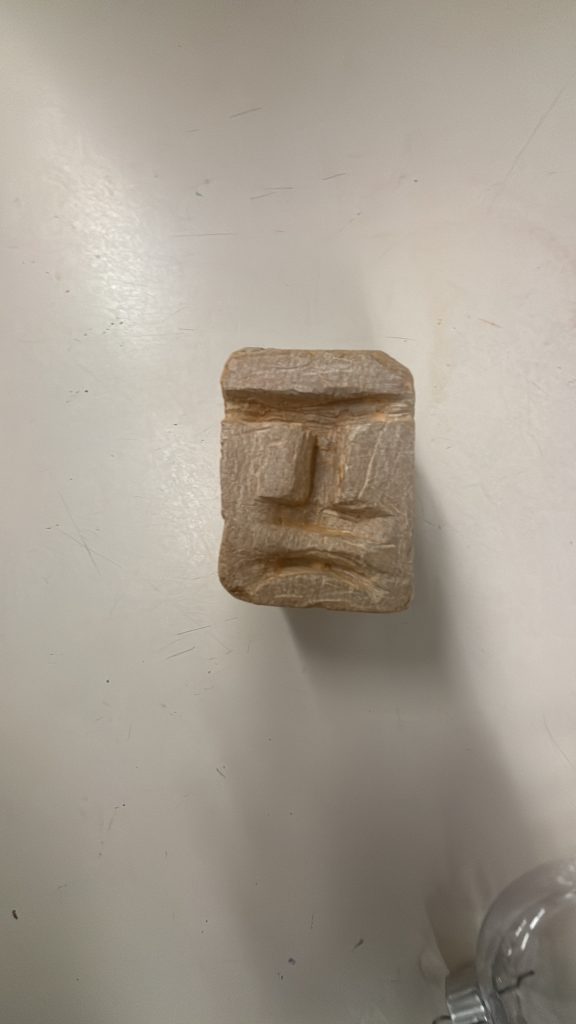
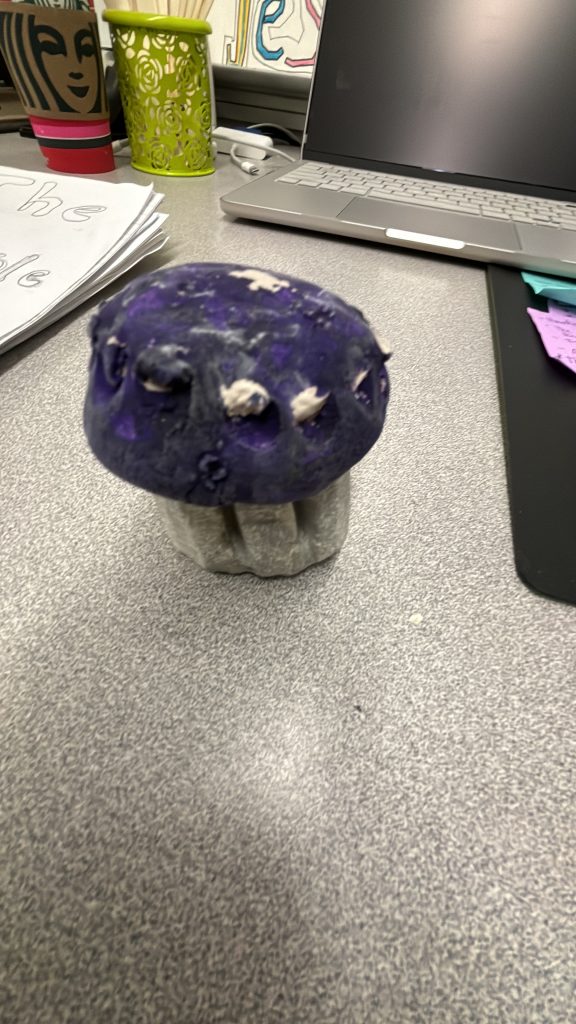
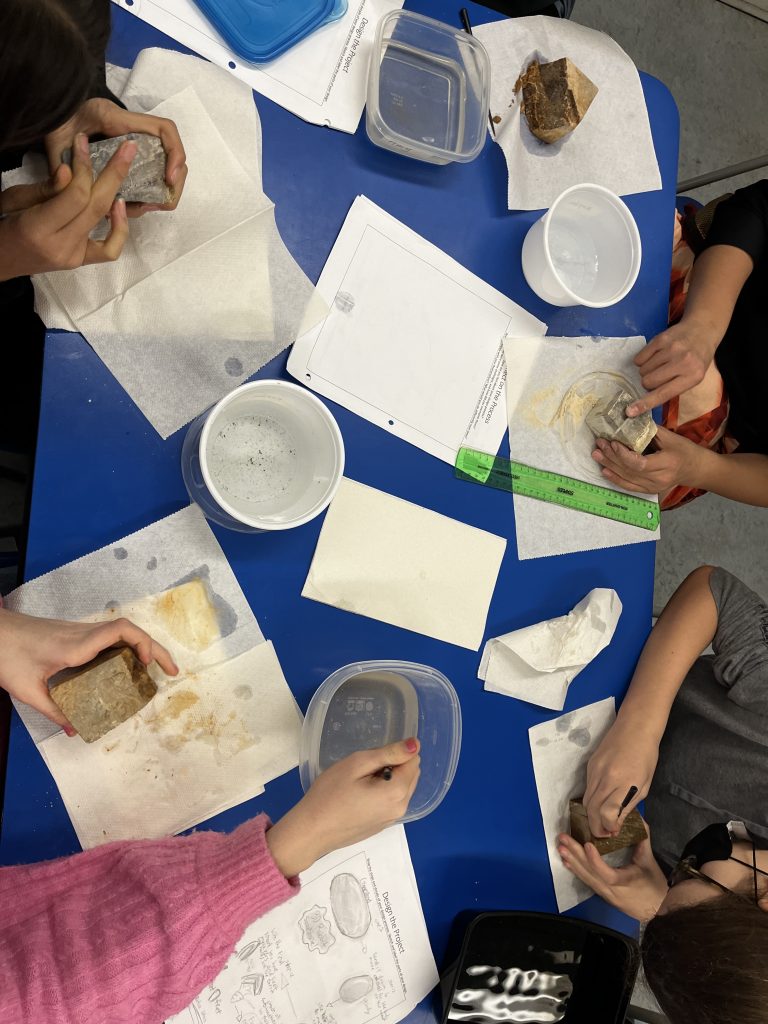
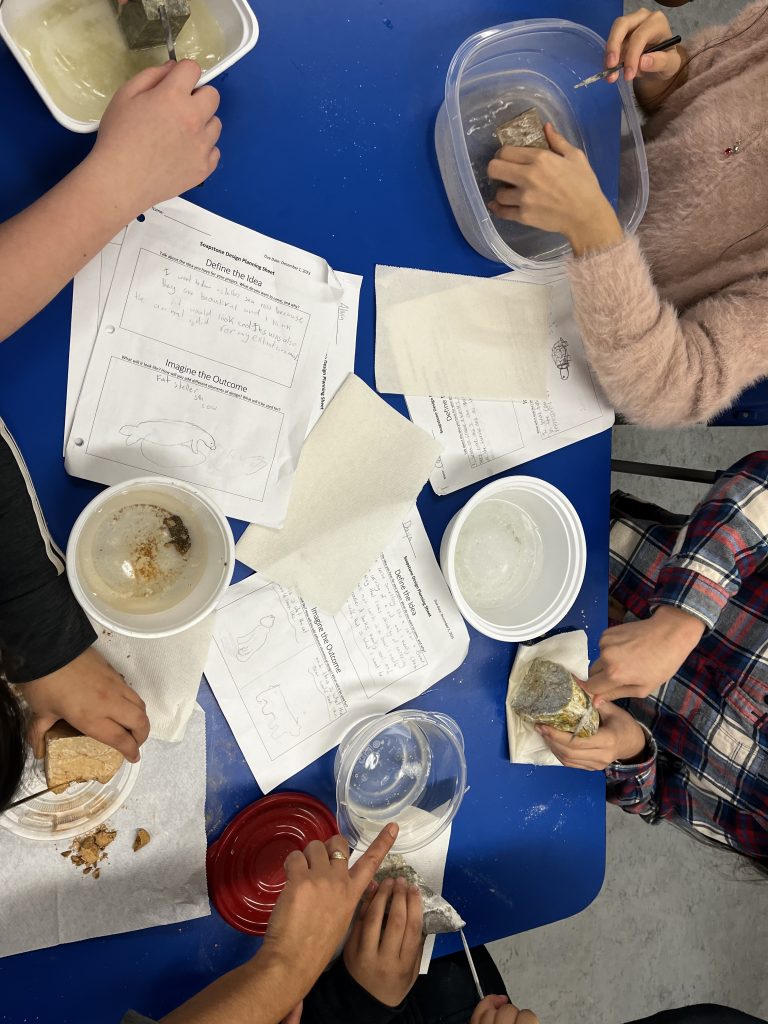
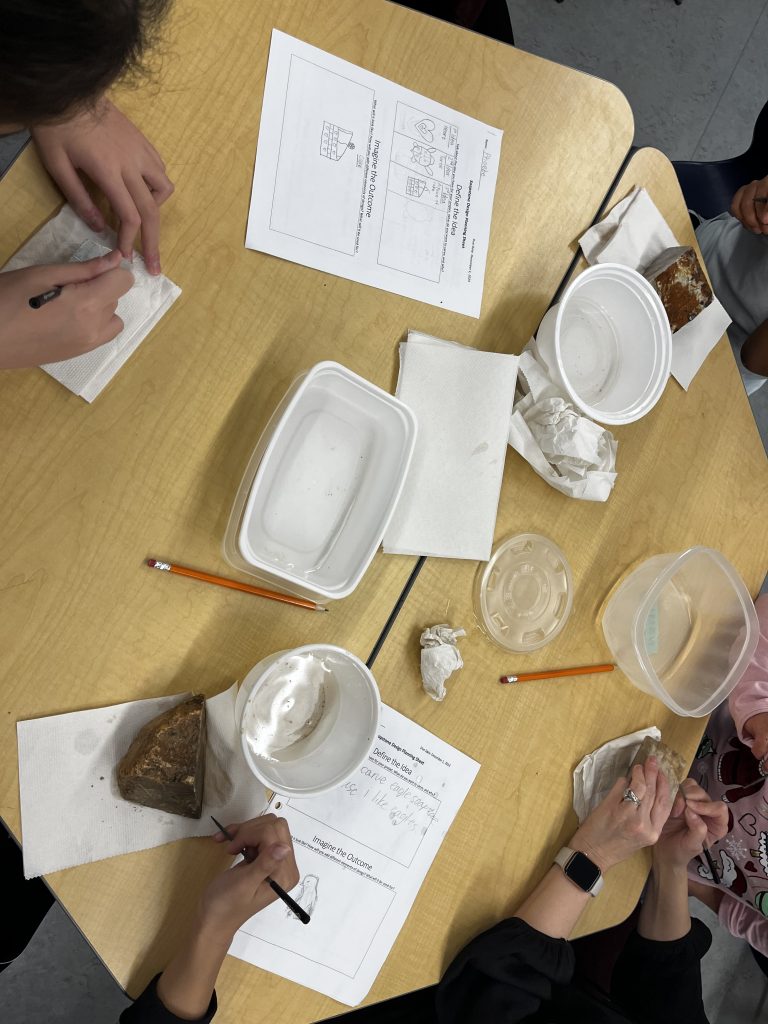
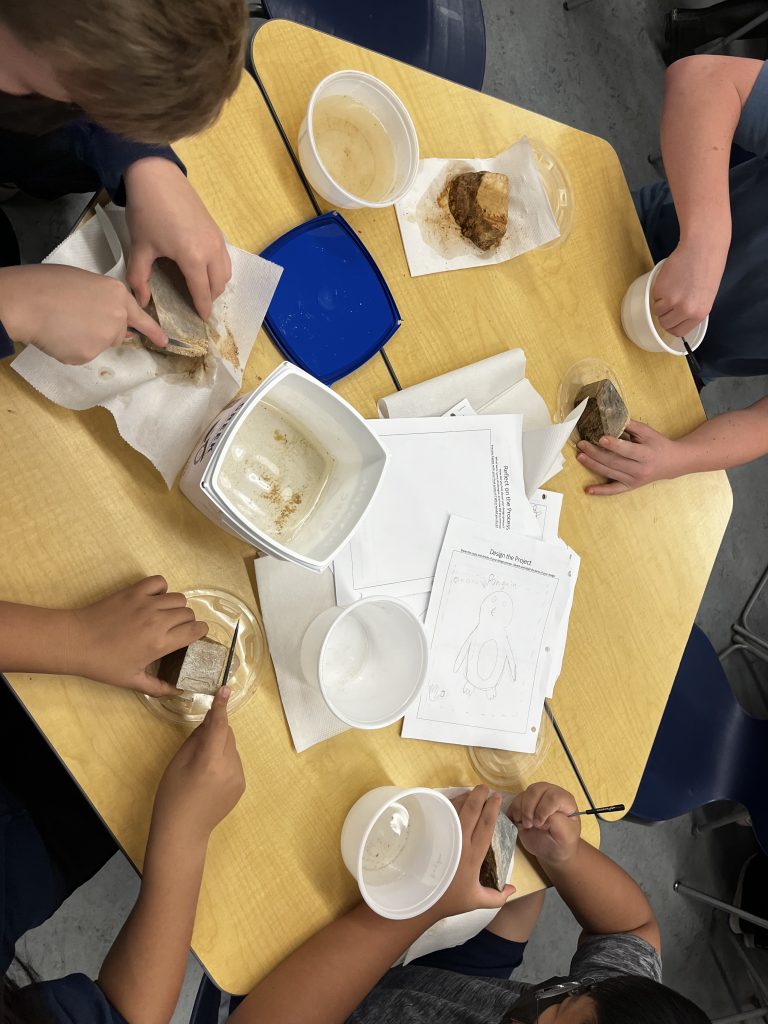
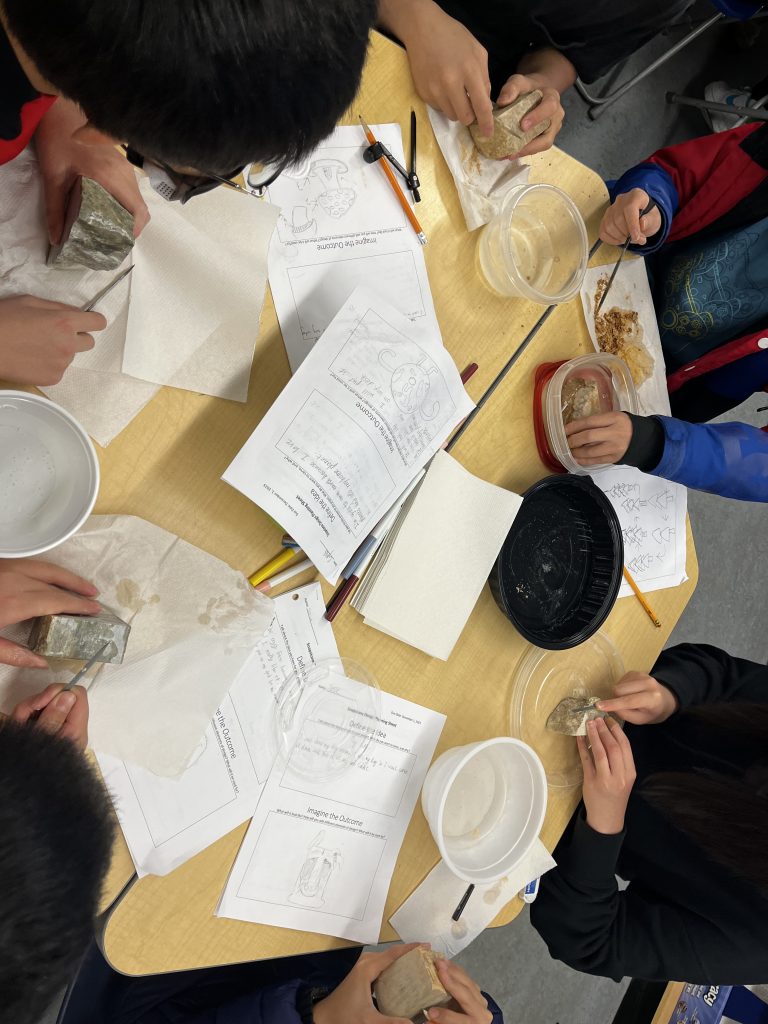
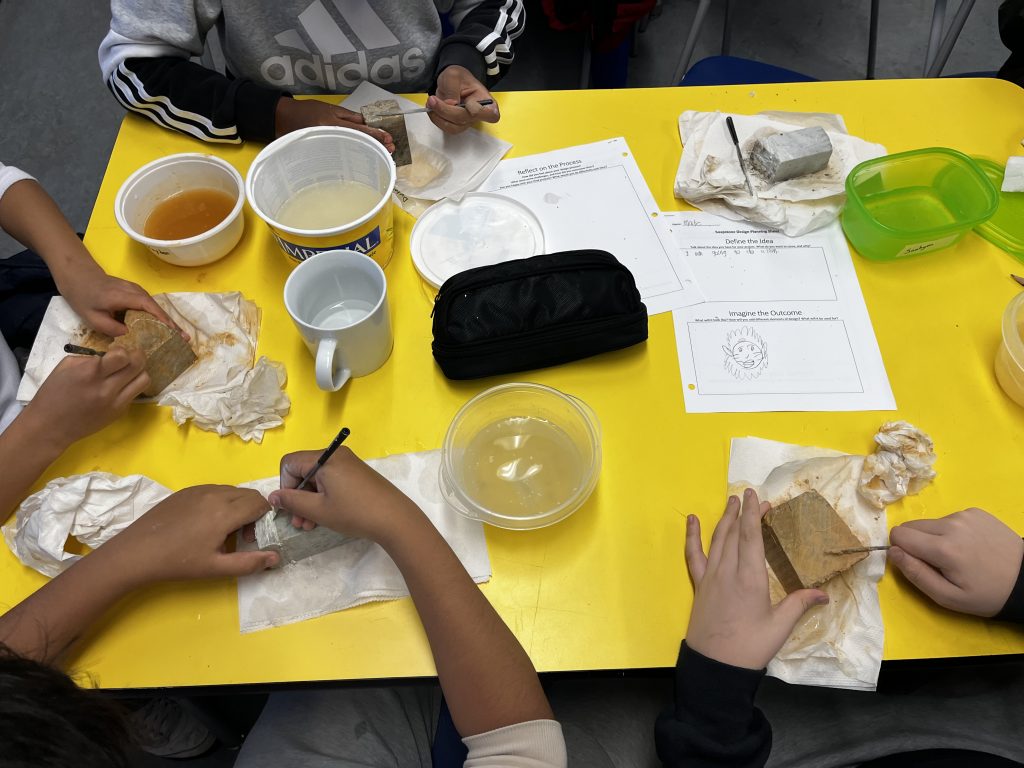
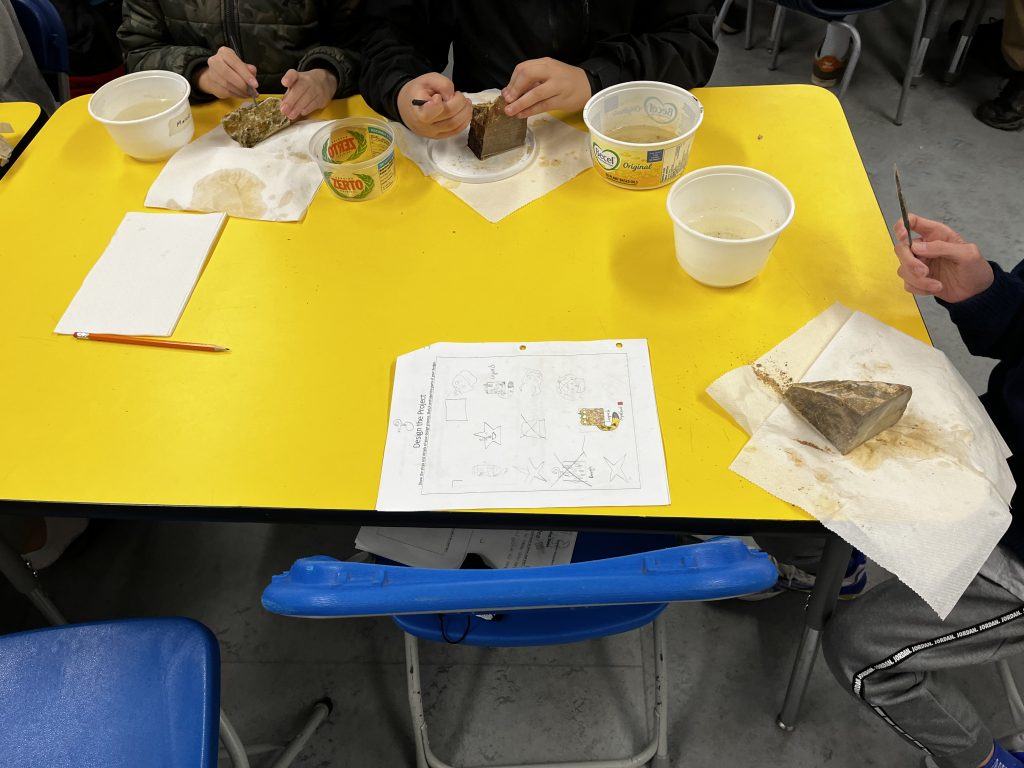
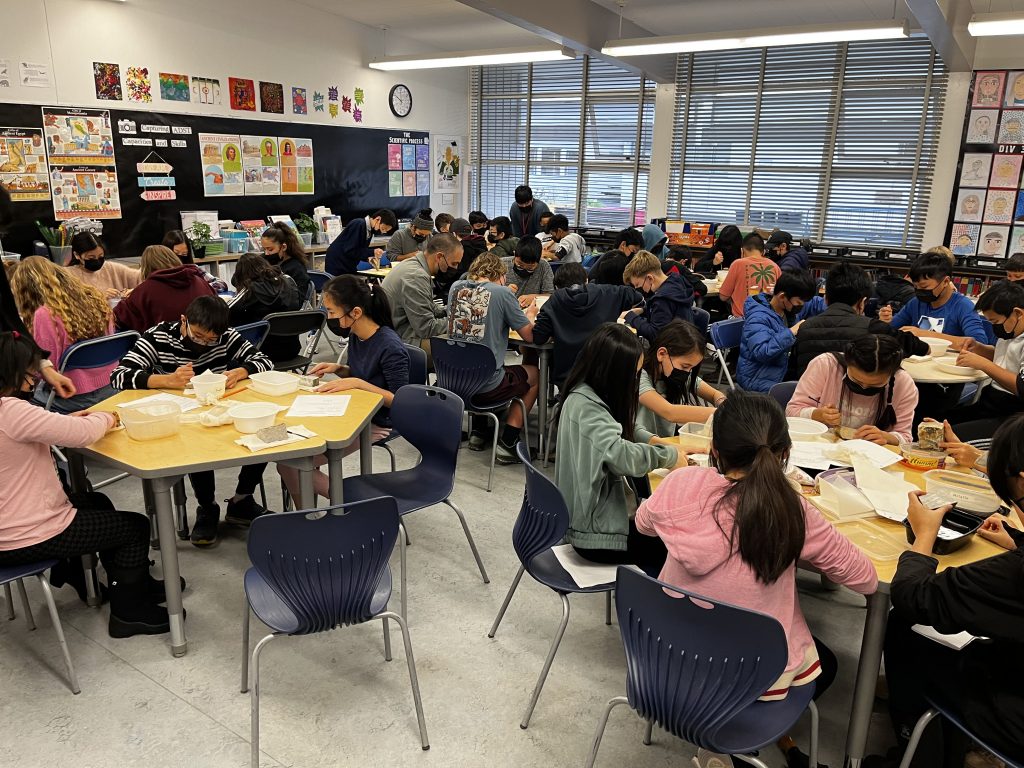
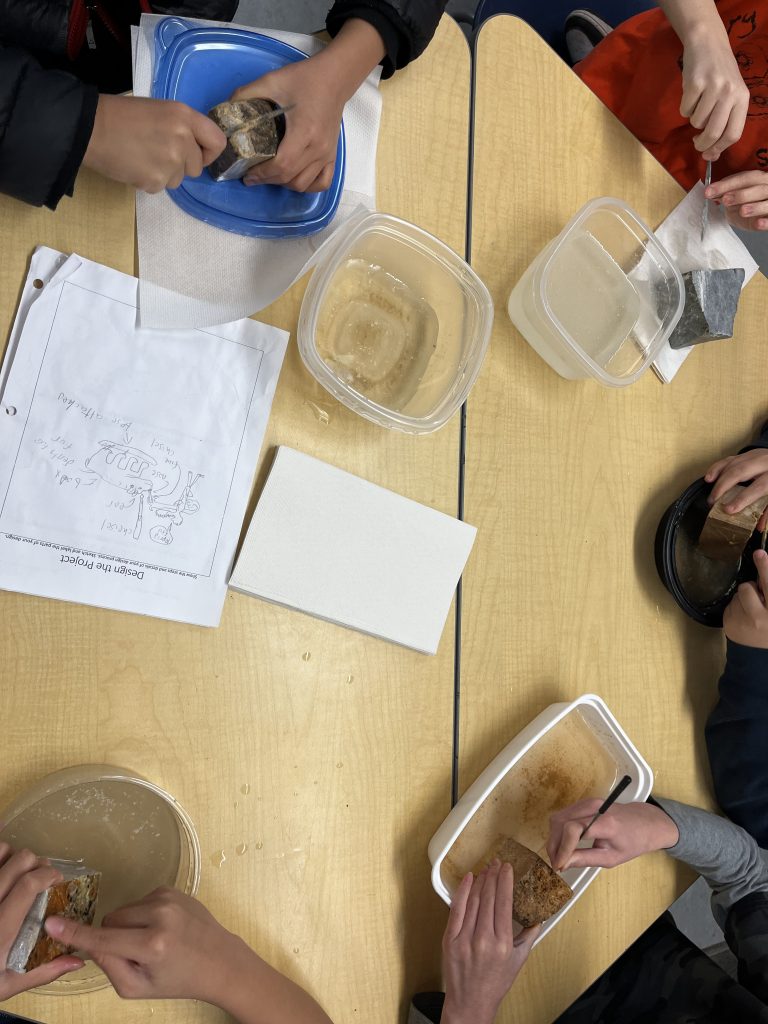
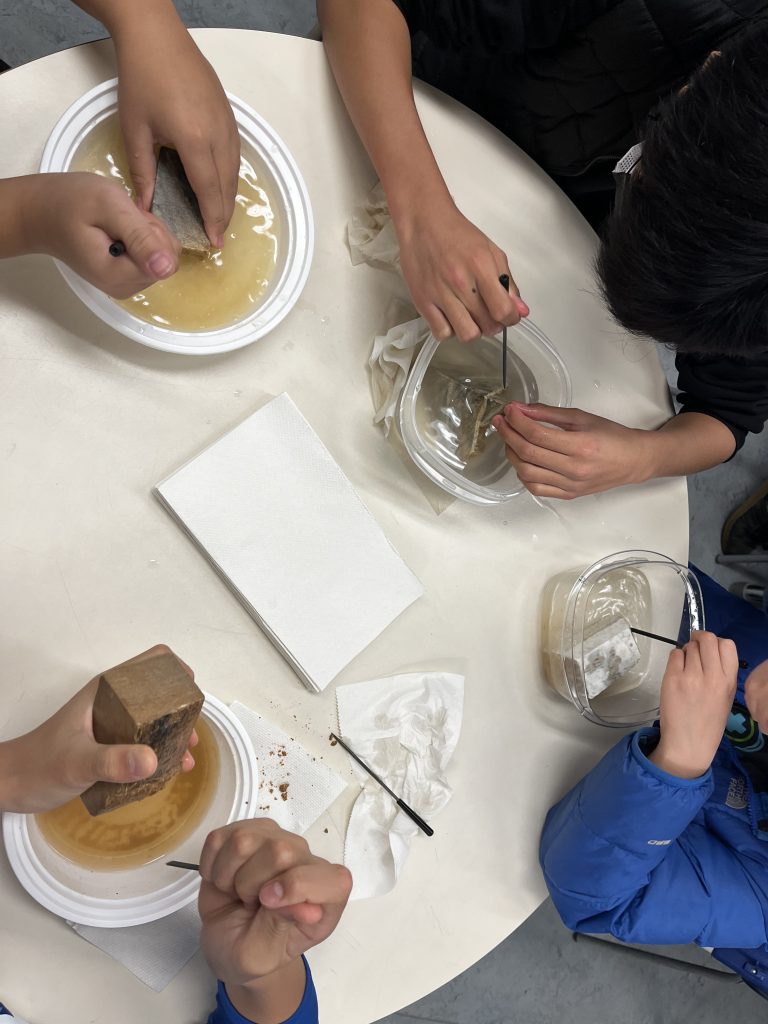
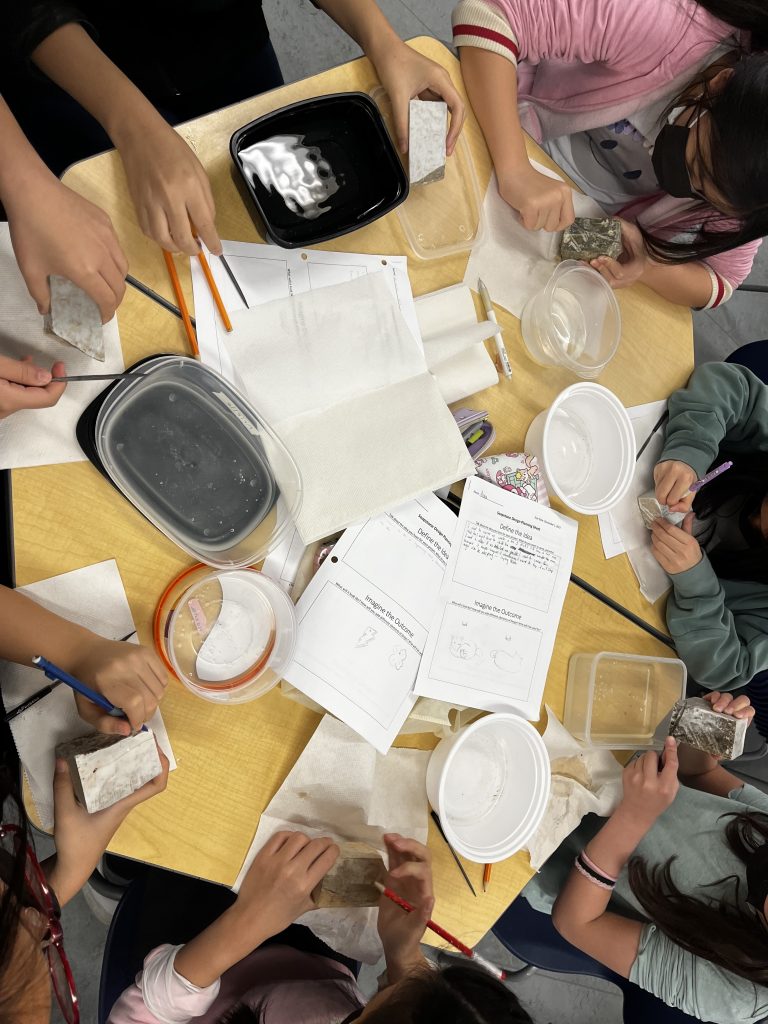 Students in Division 1, 2 and 3 at Aubrey Elementary have been learning about Ancient Civilizations and the use of soapstone. Soapstone is a soft metamorphic rock found over the globe that has been used through history by various groups to create art and tools.
Students in Division 1, 2 and 3 at Aubrey Elementary have been learning about Ancient Civilizations and the use of soapstone. Soapstone is a soft metamorphic rock found over the globe that has been used through history by various groups to create art and tools.
Soapstone’s use dates back to antiquity: early Egyptians carved it into scarabs and seals; in China and India it was used for ornaments, implements and domestic utensils. It was similarly used at various times over the past 7,500 years by First Nations, Inuit and Norse in Canada to create qullic, and oil lamps.
Indigenous Artist Connect to Nature with Soapstone Carving
The Art of Soapstone Carving-A Tabeka Gem Documentary
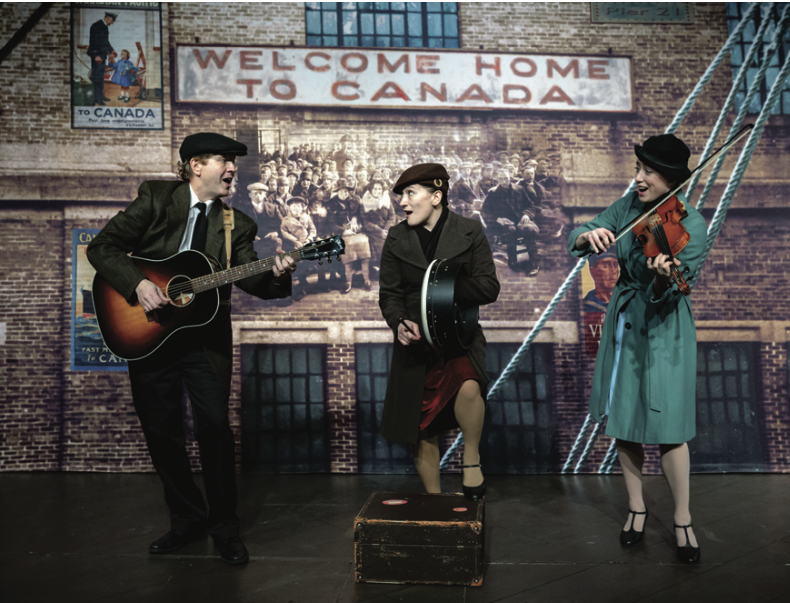
Last week students got to see the Pier 21 Musical, which reviewed the history of immigration during World War 2. It was a rich heartfelt musical featuring celtic and swing music. Students got to experience the adventures, heartaches and hopes of refugees, immigrants, orphans, and war brides, as they came through the gateway to Canada to make a new life in a new land. They also learned how Canadian soldiers left the Pier to free Europe from Nazi bullies, and entertained soldiers on CBC radio. The play was broken down into three parts:
PART ONE Summer 1939 Arriving at the Pier
The Immigration Officer Immigrants, Refugees, Home Children
PART TWO Canada at War A Soldier departs Canadian Women Army Corps The Army Show
Letter from Holland
PART THREE Post war War Brides
Red Cross and Sisters of Service The Fallen and the Free
The Return
Background Knowledge
PIER 21, located in Halifax on the Eastern edge of Canada, was a place of dramatic comings and goings: risky arrivals and bold departures, culture and language challenges, farewells and reunions, disappointment, heartache, and tearful relief. This old warehouse profoundly shaped what Canada became dur- ing the decades it was in operation.
Steamships, docking at the Pier, brought over a million immigrants hoping to settle in Canada. Among the immigrants were refugees, home children, and War-brides who made their first steps down a ramp into the drafty warehouse that was Pier 21. As luggage and trunks were unloaded, hundreds of people milled about or waited on benches. They were greeted by Immigration officers, volunteer organizations, nurses and aid societies, and long missed relatives.
Our play begins at the outbreak of World War 2 just as Canada is about to join England in the war effort. People are fleeing Europe to escape the coming dan- gers. With the fate of the world hanging in the balance, Nazi U-boats (subma- rines) prowl outside the Halifax harbour as half a million soldiers sail away from the Pier to fight the Nazi scourge in Europe. For some Canadian soldiers, the Pier was the last place in Canada they would set foot on.
Were it not for the selfless actions of valiant soldiers, compassionate volunteers, or staff and military personnel working under extreme conditions, the experience of immigrants, refugees, and displaced people arriving in Halifax would have been a memory rather forgotten. Instead, as the Pier 21 museum amply attests to, there is an overwhelming level of gratitude for the gifts Canadians gave to storm-tossed souls reaching for a promising future.
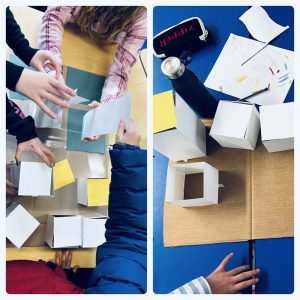 Recently in class students participated in a climate justice and climate change simulation. In this simulation students learned about the consequences of climate change, the injustice, and effects of climate change often experienced by vulnerable populations around the world.
Recently in class students participated in a climate justice and climate change simulation. In this simulation students learned about the consequences of climate change, the injustice, and effects of climate change often experienced by vulnerable populations around the world.
Students work in groups to build communities and attempt to develop mitigation and adaptation strategies while experiencing the impacts of climate change (droughts, tropical storms, rising sea levels, and other impacts of climate change).
Some of the takeaways were:
Climate change is affecting those who are often contributing the least. The people hit the hardest are those already living in poverty and at higher risk.
The simulation also highlighted the affects that climate change is going to have on people.
– Climate change is affecting our ability to grow food. Growing seasons are disrupted or shortened and storms, droughts, and floods all
affect harvest outcomes.
– Climate change is affecting where and how we live making people relocate and find new homes after generations of living in one area. It is also causing extreme storms, rising sea level, melting permafrost, etc.
-Climate change directly affects human health and safety and can lead to the spread of diseases (like malaria), heat waves, wild fires, air pollution.
This lesson is going to be one of many climate change lessons as we explore more sustainable ways of being and doing in our world in an attempt to protect the planet.
After Spring Break students will also be participating in Indigo’s Read for the Planet Program and as a classroom we will be exploring ways we can take action in our school and the broader community to combat climate change and keep our planet healthy for more years to come
Students are naturally curious about the world in which they live. They want to know more about their planet and are concerned with the challenges we face. Reading and learning together with your child is a safe and supportive way to develop awareness and ideas for ways to care for the planet. Reading about how to care for the planet can also help deepen connections to other people and the planet—connections critical for understanding the challenges and opportunities being faced in communities around our planet.
The attached resource was designed by the Indigo Love of Reading Foundation in partnership with our curriculum partner, The Critical Thinking Consortium (TC2) as an extension of our school-based Read For The Planet learning modules. We know that schools are just one place students learn and that home is a critical space for expanding on and practicing what happens in the classroom. This guide provides parents and caregivers with book suggestions, worksheets, discussion prompts and a template for a home-based action project all to help you and your little changemaker to get inspired through reading and have fun while learning about the environment together.
Lesson Retrieved From: http://www.mcic.ca/uploads/documents/Climate%20Justice-Final%20PDF%202022.pdf
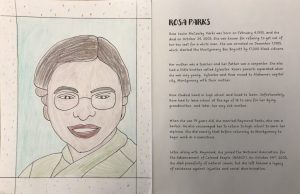
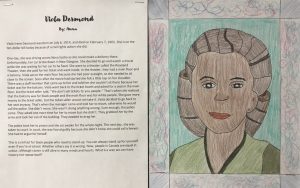
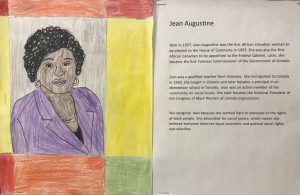
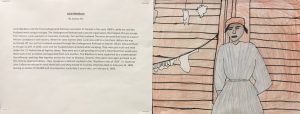
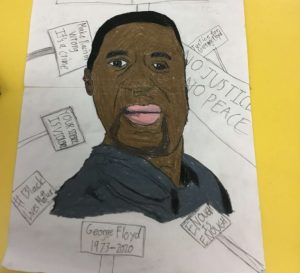
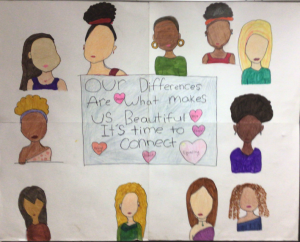
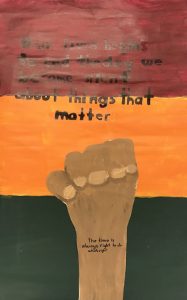
Black History Month
By: Ashley
Black History Month
By: Ashley lyske
Black History is an important part of our history that we must
Learn about, and
Acknowledge.
Carter G. Woodson started Black History in 1996
King (Martin Luther) was a well-known leader of nonviolent resistance to equal rights for all.
Hariet Tubman escaped slavery and played an important role in helping others through the underground railway
I have a dream was a famous and powerful speech by Martin Luther King.
Stop violence against all people
Treat
Others
Respectfully, kindly and how you would like to be treated
You are the change
Our Differences
By: Arielle
We are a community of varieties
But some were treated unfairly
People were tortured and blamed in our society
We couldn’t speak for ourselves clearly
Some were sold as slaves and maids
As a result, our numbers decreased
They were bruised and used in the trades
Wanting to be released
Racial Injustice/Inequality
By: Andrea
Slavery started in 1619
Back then people were controlled
Now this has changed, they are finally seen
And history has been told
We all have our differences
And that’s what makes us unique
We should stop ignorance
We have a voice, we’re not weak
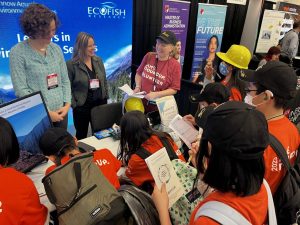
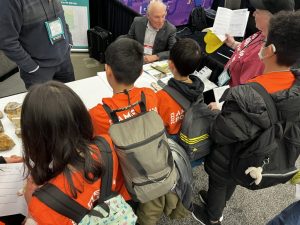
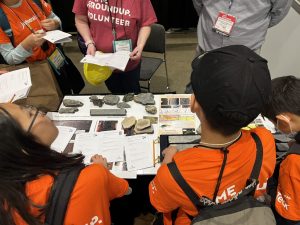
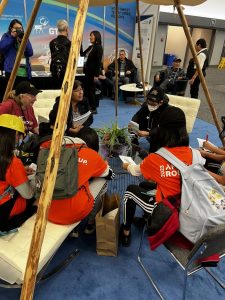
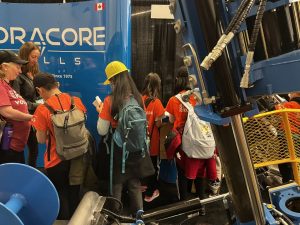
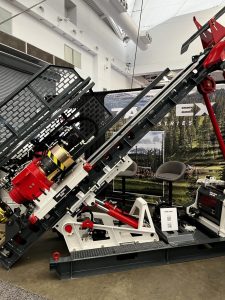
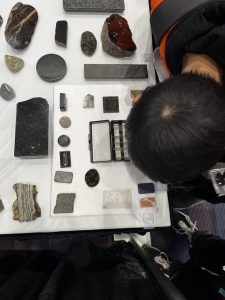
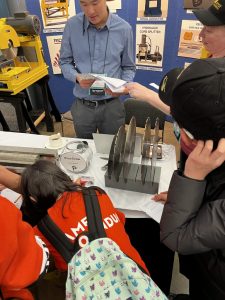
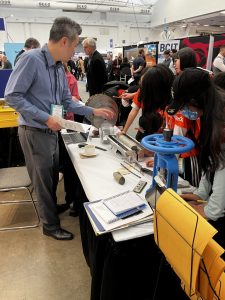
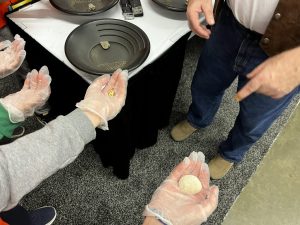
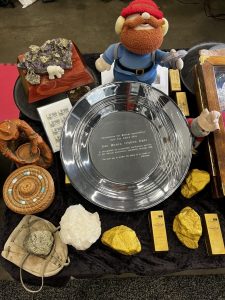
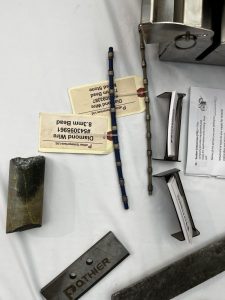
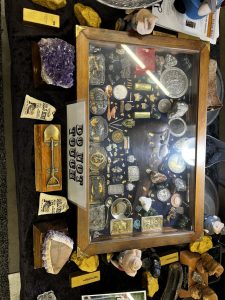
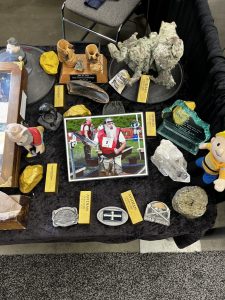
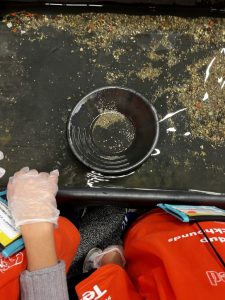
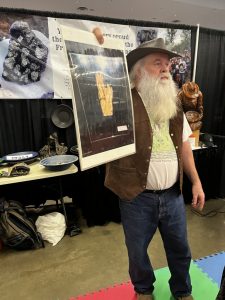
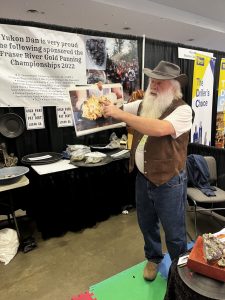
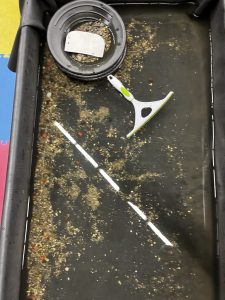
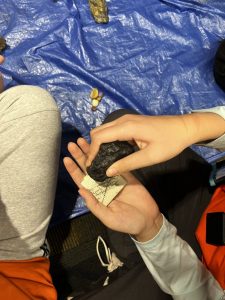
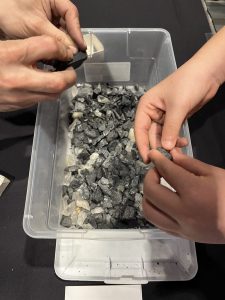
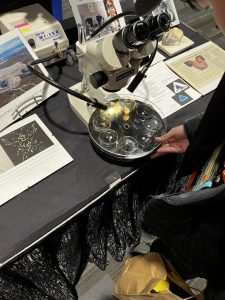
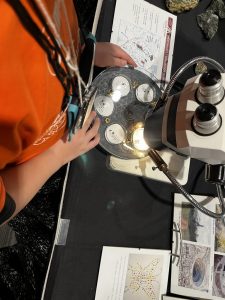
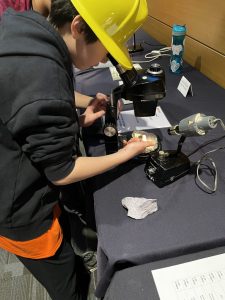
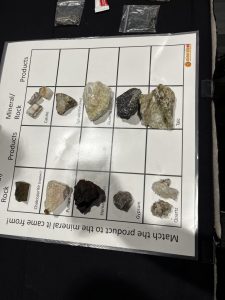
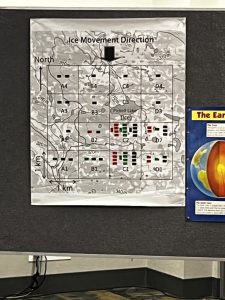
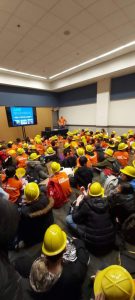
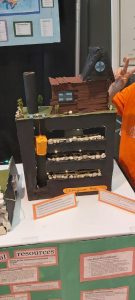
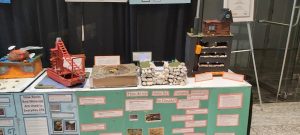
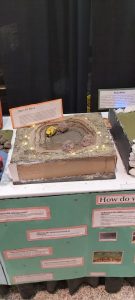
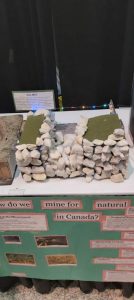
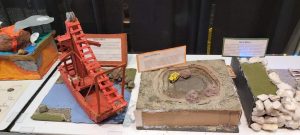
https://share.icloud.com/photos/0d5DTy3Mc_sPIHJYBqvrIhkHA
https://share.icloud.com/photos/076G0pCNZEMcmhOAdIYDbndRA
Students from Division 3 and 5 had a fun filled day at the Vancouver Convention Centre as we wrapped up our MineralsEd Rockhounds program. Throughout the day they learned more about geology, minerals, new technologies, and careers in mineral exploration and mining. They learned more about how Canada’s critical Minerals are used and why they are important to the global economy. They also had the opportunity to pan for gold with Yukon Dan and learned how geologist determine the location of mineral resources based on ice movements.
Thanks again #MineralsEd for this opportunity. We had a great time and learned so much.
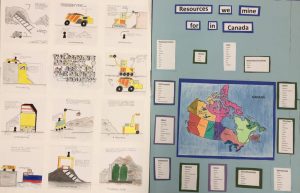
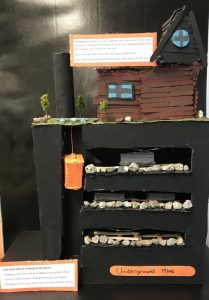
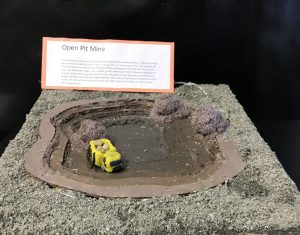
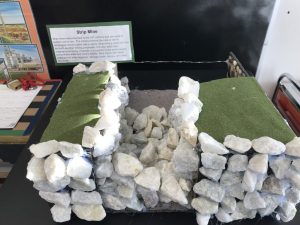
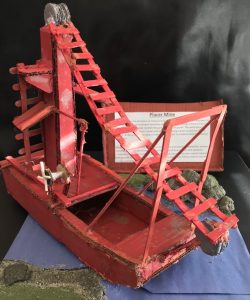
Students have been learning about the mining process and about different types of mines. Their work and models of open pit, placer, strip and underground mines along with their oversized visuals outlining the mining process and resources we mine for in Canada will be on display this week at the Vancouver Convention Centre for AME Roundup which is the premier gathering place for thousands of geoscientists, prospectors, financiers, investors, suppliers, governments and Indigenous partners to engage, share knowledge, and look at opportunities and challenges shaping the mining industry.
It was a wet day but we had so much fun at Britannia Mines today learning more about the rock cycle, types of rocks and minerals and the mining process.
Students, teachers, EA’s and parent volunteers participated in a one hour underground tour where they learned about how copper was mined and extracted from the earth when Britannia was a working mine.
After the underground tour we participated in a lab where we learned how every rock has a story. We learned more about how rocks tell us about the history of our planet, both distant and more recent. We also learned how rocks move through the rock cycle transforming from one type of rock to another.
To wrap up our visit we ended with an international award winning presentation called Boom where we were able to discover the thrilling light, sound, and special effects experience inside the historic mill. We experienced all 20-storeys coming back to life with a thunderous roar and even saw some Britannia ghosts 👻
Here are some pictures and videos from today. Enjoy!
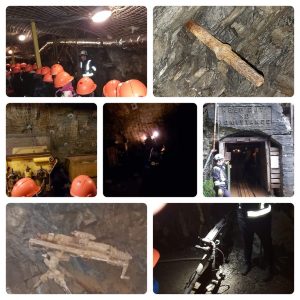
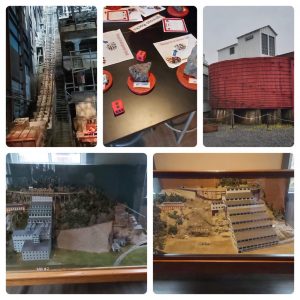
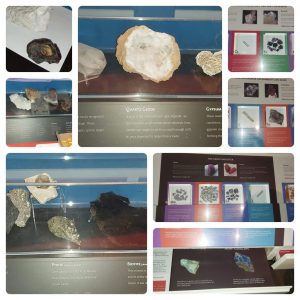
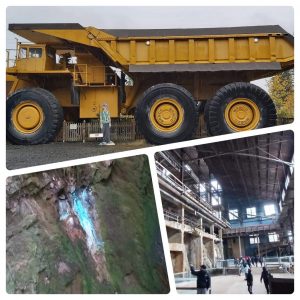
Video Links:
https://share.icloud.com/photos/0561TEQdbtD8TW-M0z5QMbbLQ
https://share.icloud.com/photos/0759oj0YKknFu9F8iOUB2xfRw
https://share.icloud.com/photos/0e5UGStFJwNYfzykUQSaXjjbw
https://share.icloud.com/photos/0e7XQVsjaCFdMPMRgyfq9HuOw
https://share.icloud.com/photos/011n77M8Nx6bpZhD_bKJxIKNA
https://share.icloud.com/photos/0afaUrunbLXaaxSJYtQPkYkDg
https://share.icloud.com/photos/062ruWBNprbLvNdFAotPs_MOg
https://share.icloud.com/photos/006nrPYLxGpZuKE0P05QuJfog
https://share.icloud.com/photos/09c8PxHChOeBOb9uBXVLOEXHA
https://share.icloud.com/photos/052hESMiiiRMUDnF2_sM9bnFw
https://share.icloud.com/photos/07erUmSdksmF4Mw2trHvYHm4A
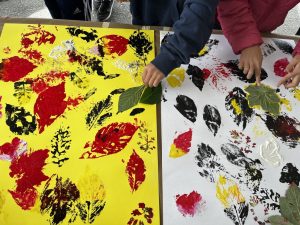
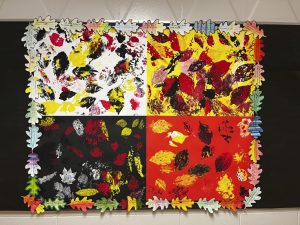
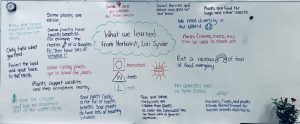
This week students had the privilege of learning about wild, native, and medicinal plants from Lori Synder, a First Nations Métis herbalist and educator. It was a rich learning experience and we are inspired by her teachings. We are also very excited about transforming our garden/outdoor classroom, making it a more diverse space where students can gather and learn more about native plants and indigenous ways of knowing and doing. As the season change and new plants are added, take time to observe, witness, and listen to what the garden is offering us.
In addition, students wore orange shirts throughout the week and explored age-appropriate lessons and had discussions about the meaning behind wearing orange shirts. This generation of children will have a far greater understanding of the history of residential schools, their negative impact, and the importance of reconciliation as we look critically at our country’s history and strive to do better. Tomorrow could be an opportunity to ask your children about what they have learned from their sessions with Lori and Mme Heardman this week.

After reading “The Great Realization” by Tomos Robert the students create a similar poem on their own global issue. They worked in pairs to create a 6 stanza poem with A, A, B, B or A, B, A, B rhyming scheme.
Below are the poems they created.
Student Poems
Div 3 Class Blog ©2024. All Rights Reserved.
Powered by WordPress.
Theme by Phoenix Web Solutions